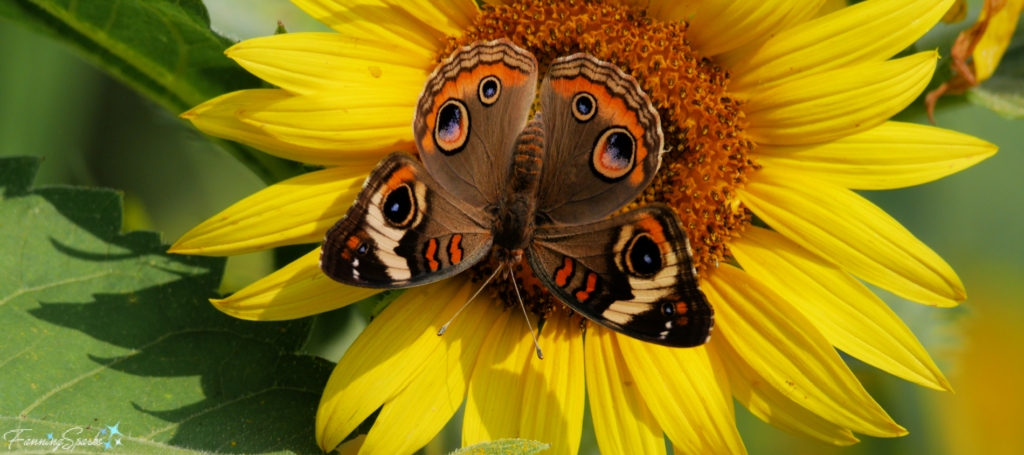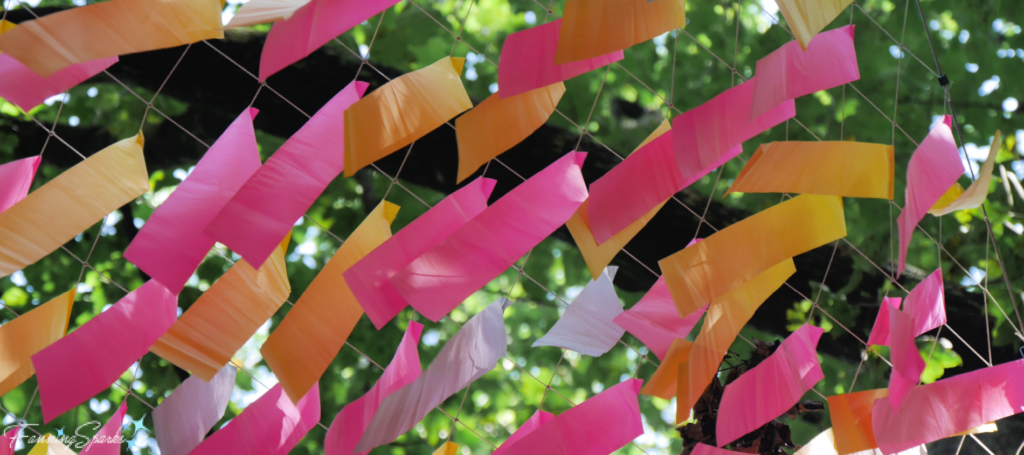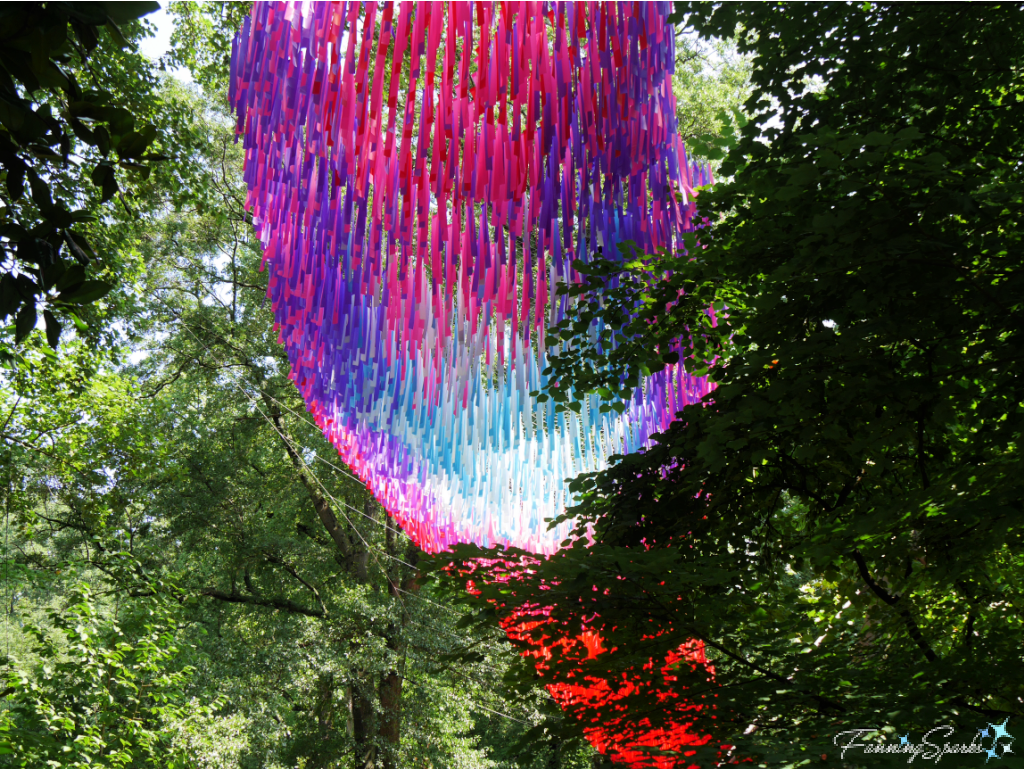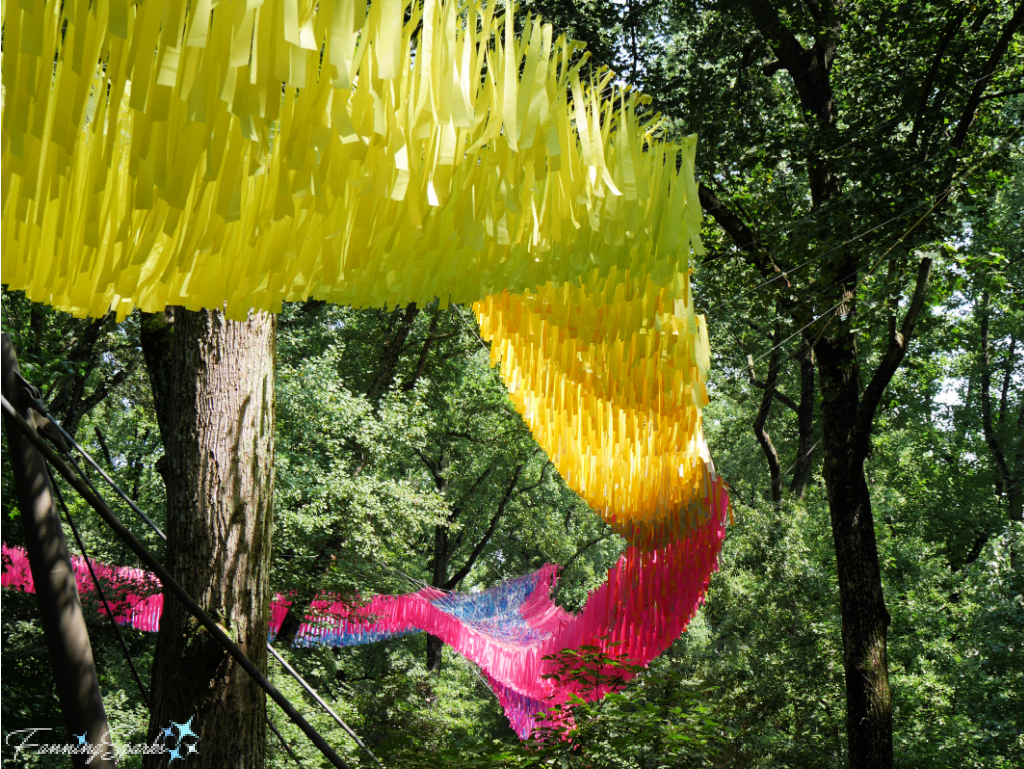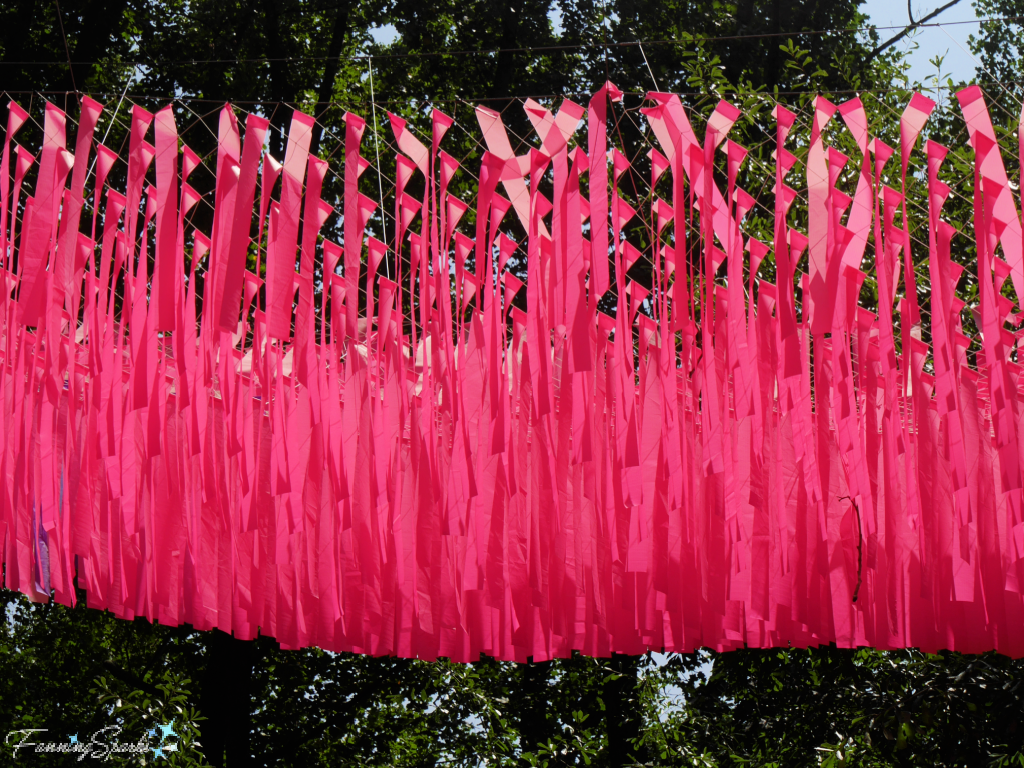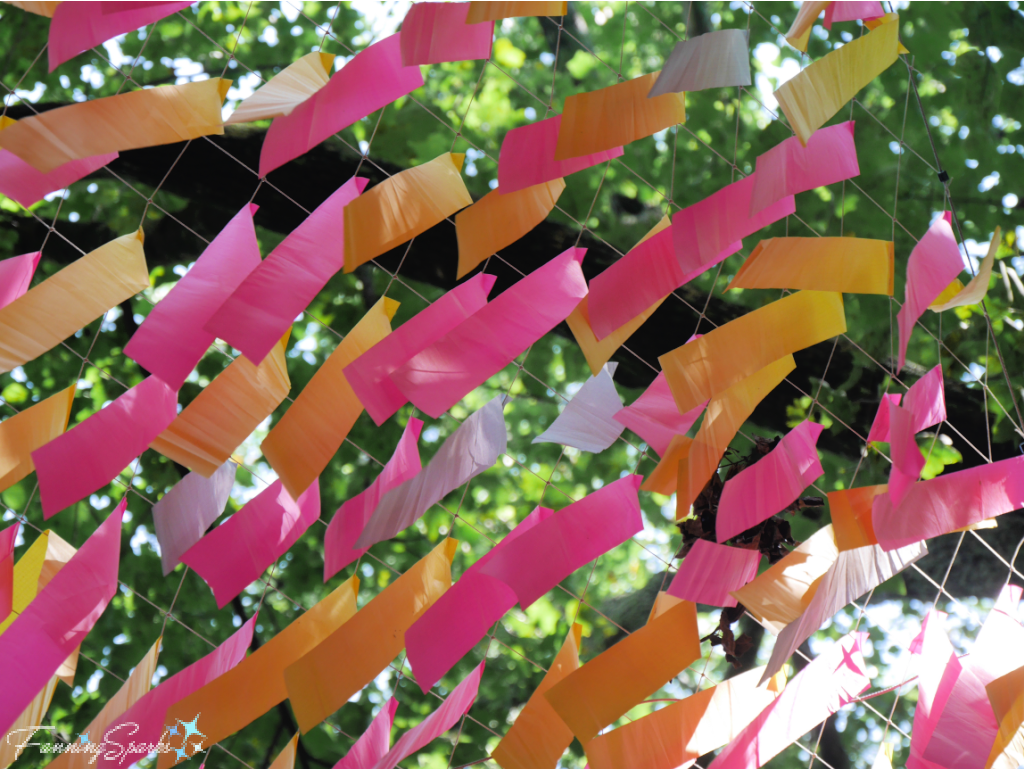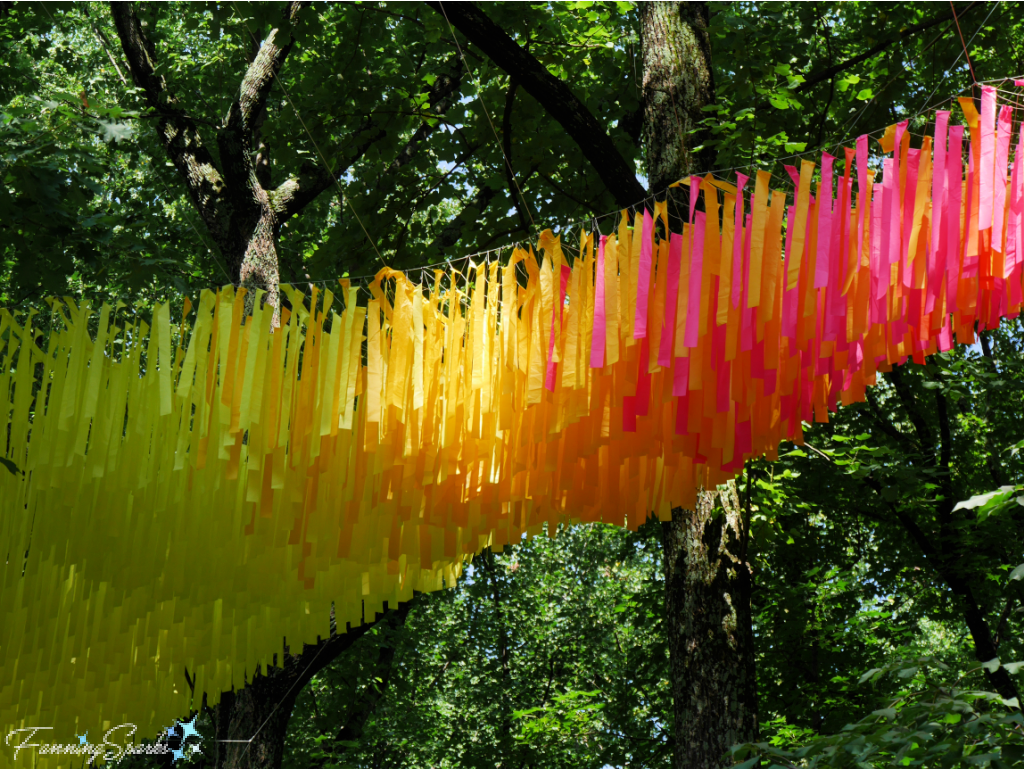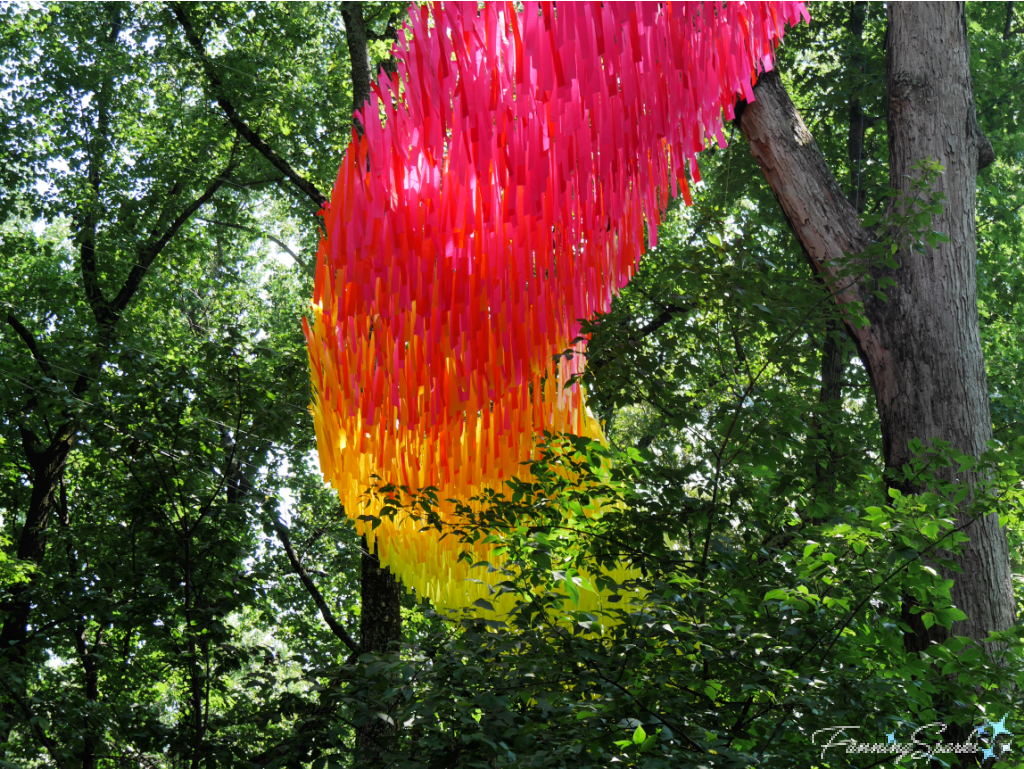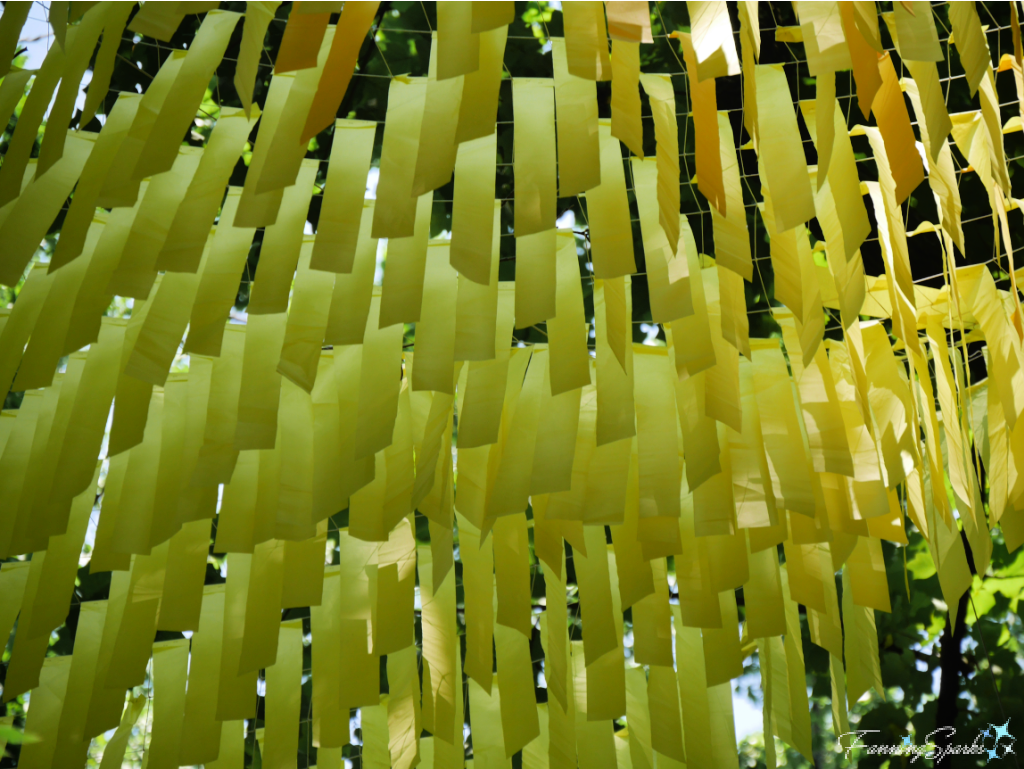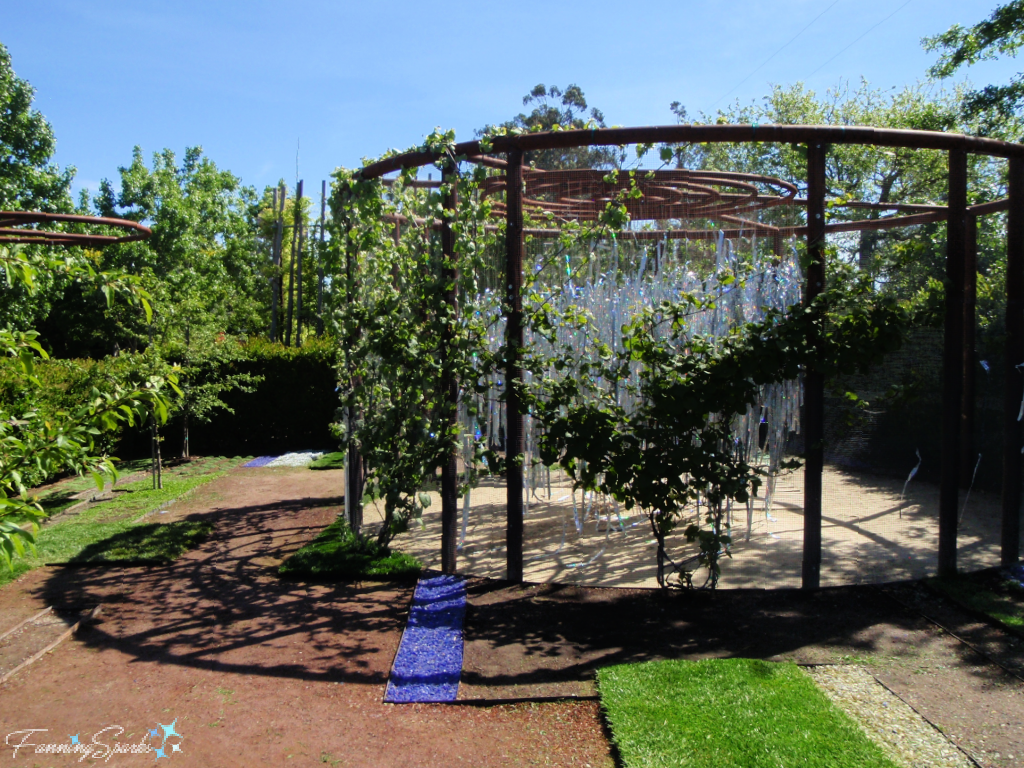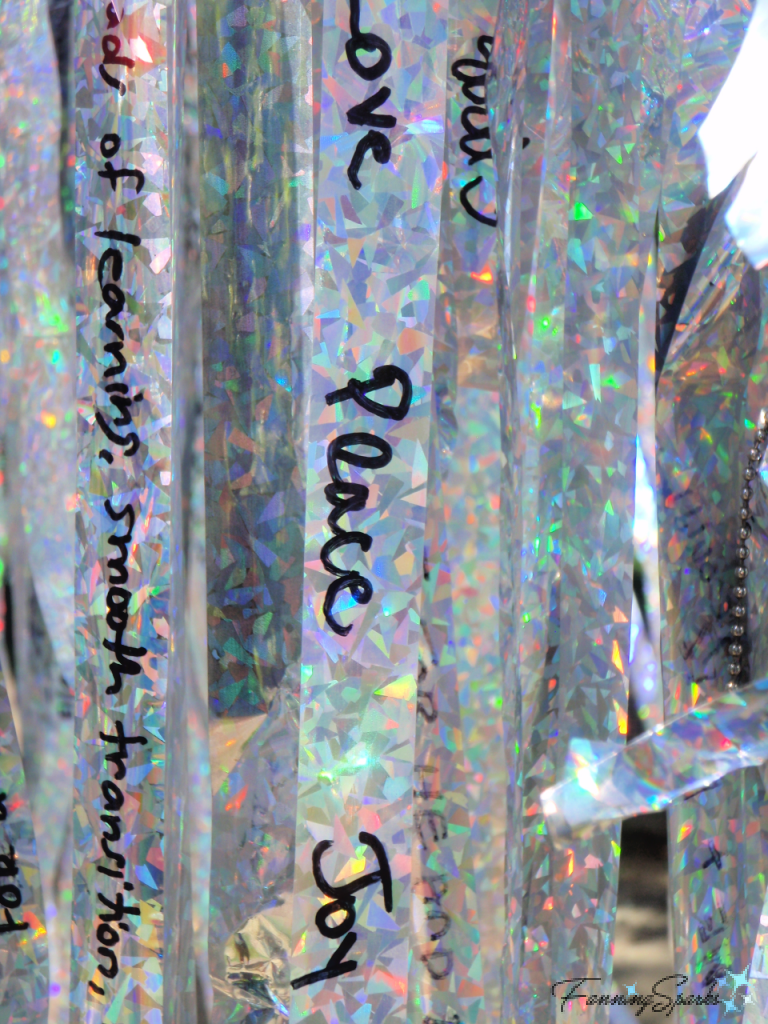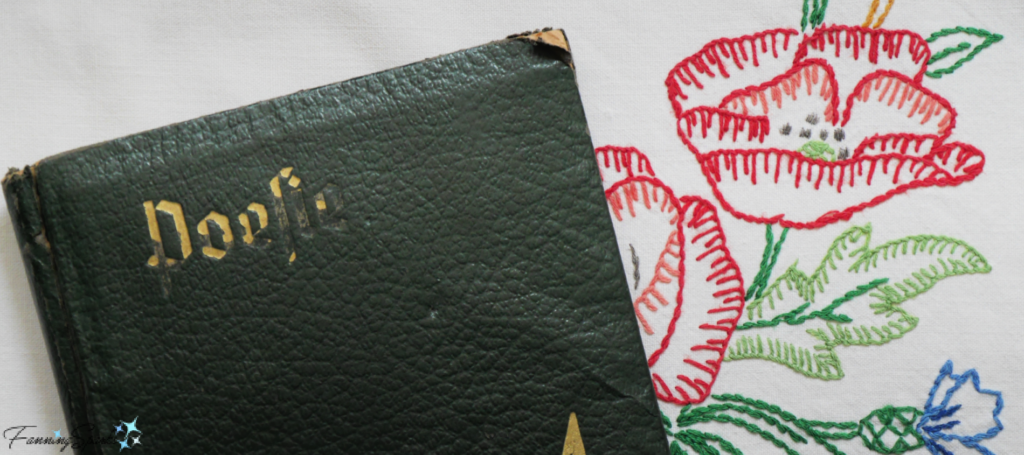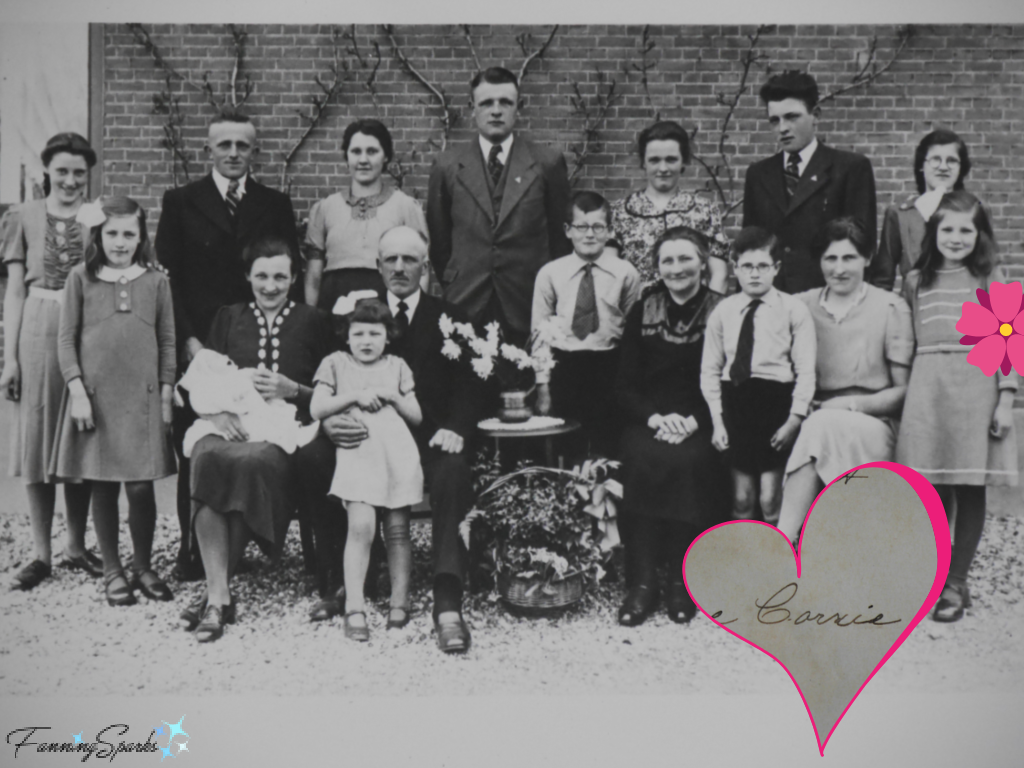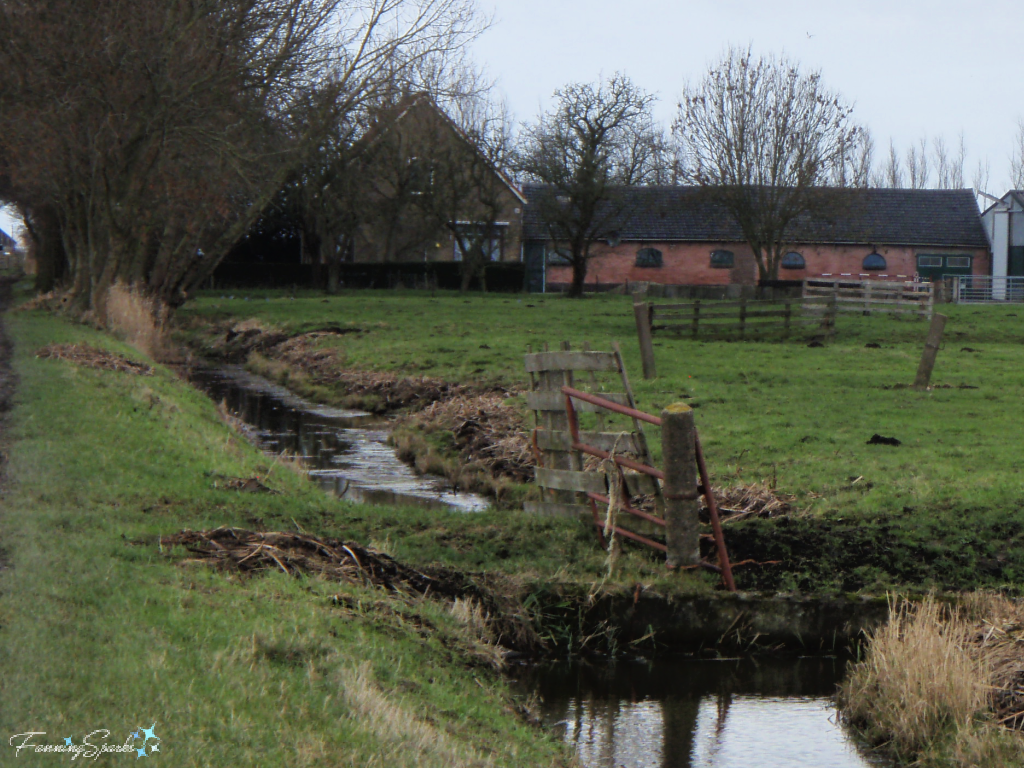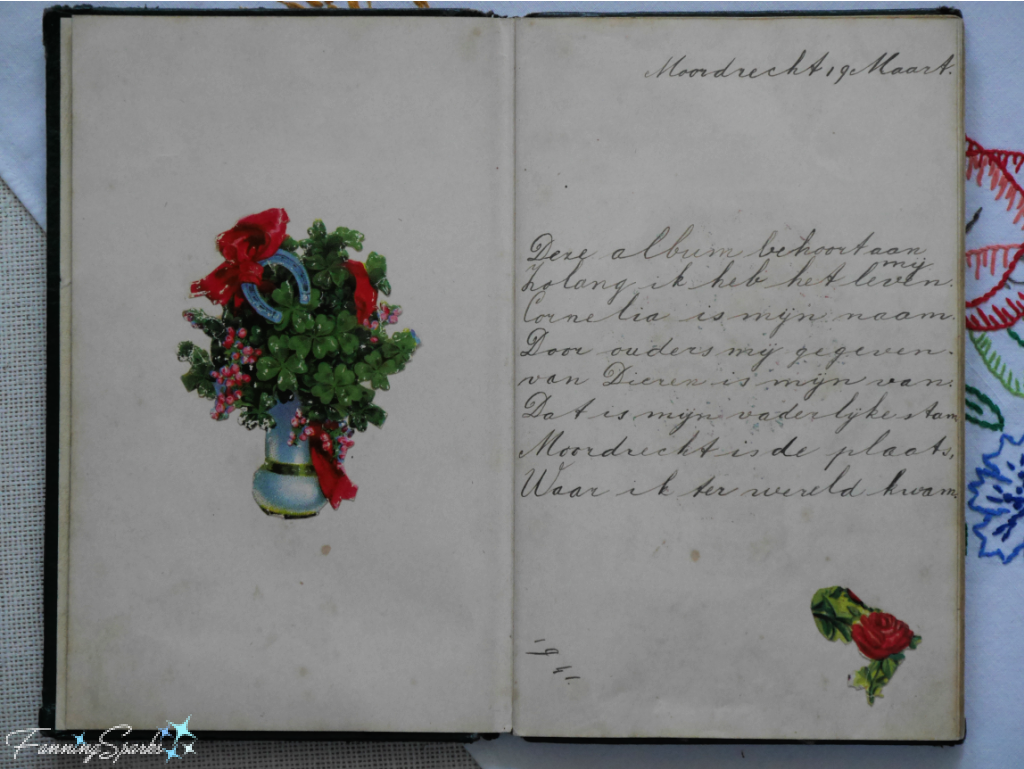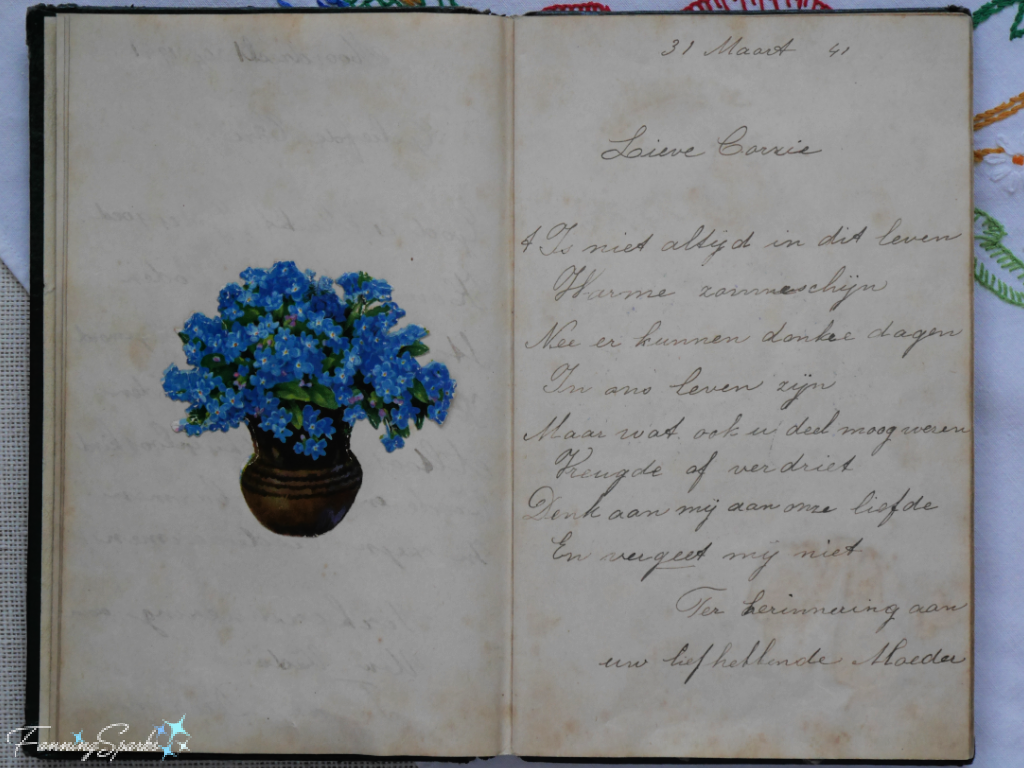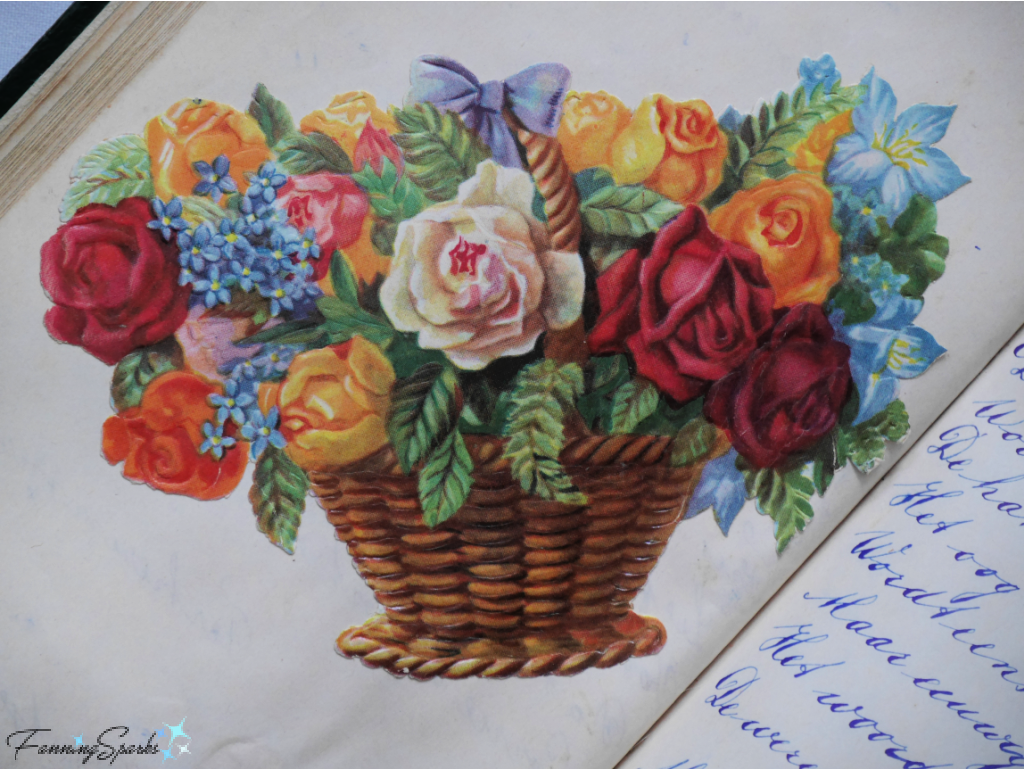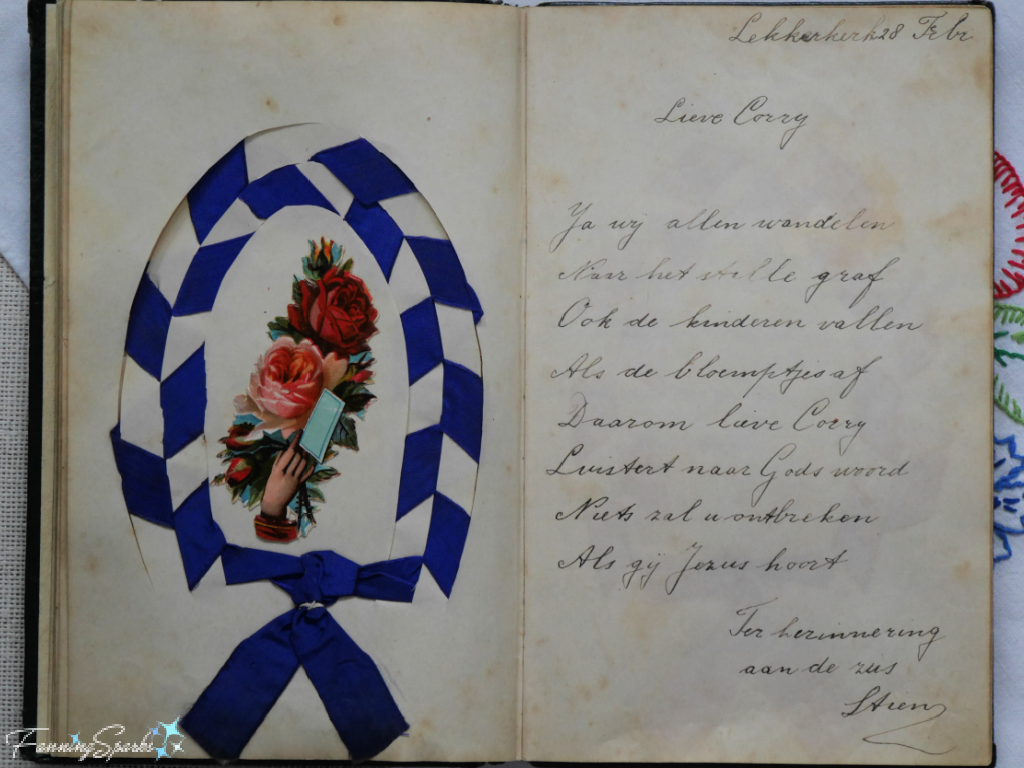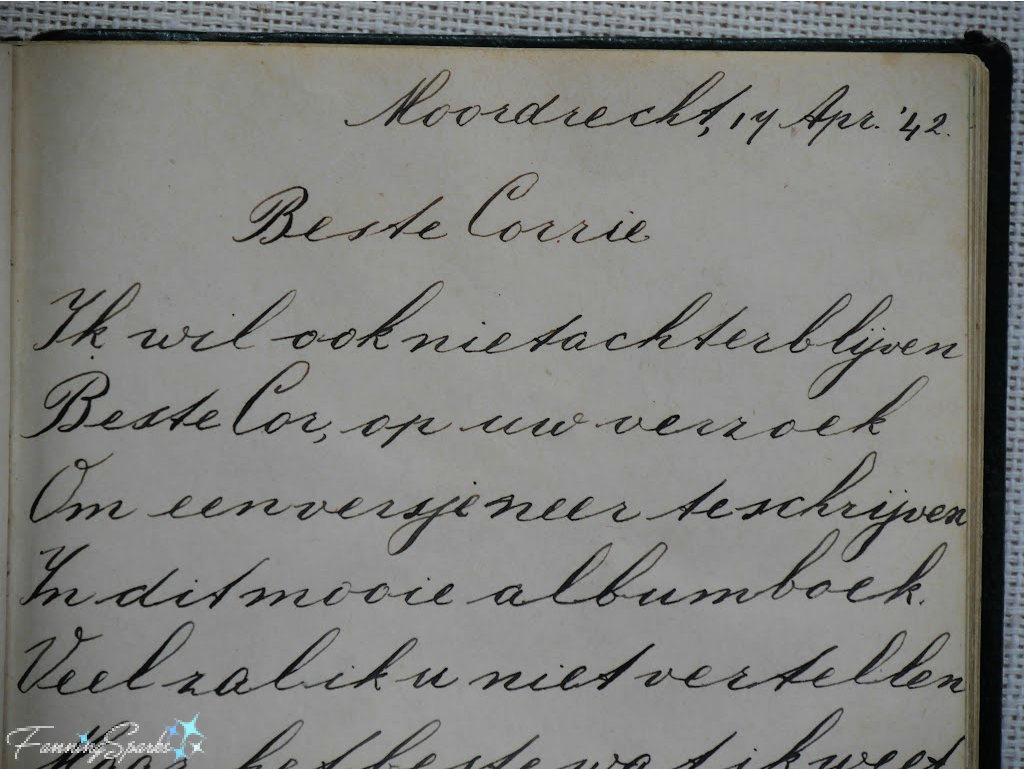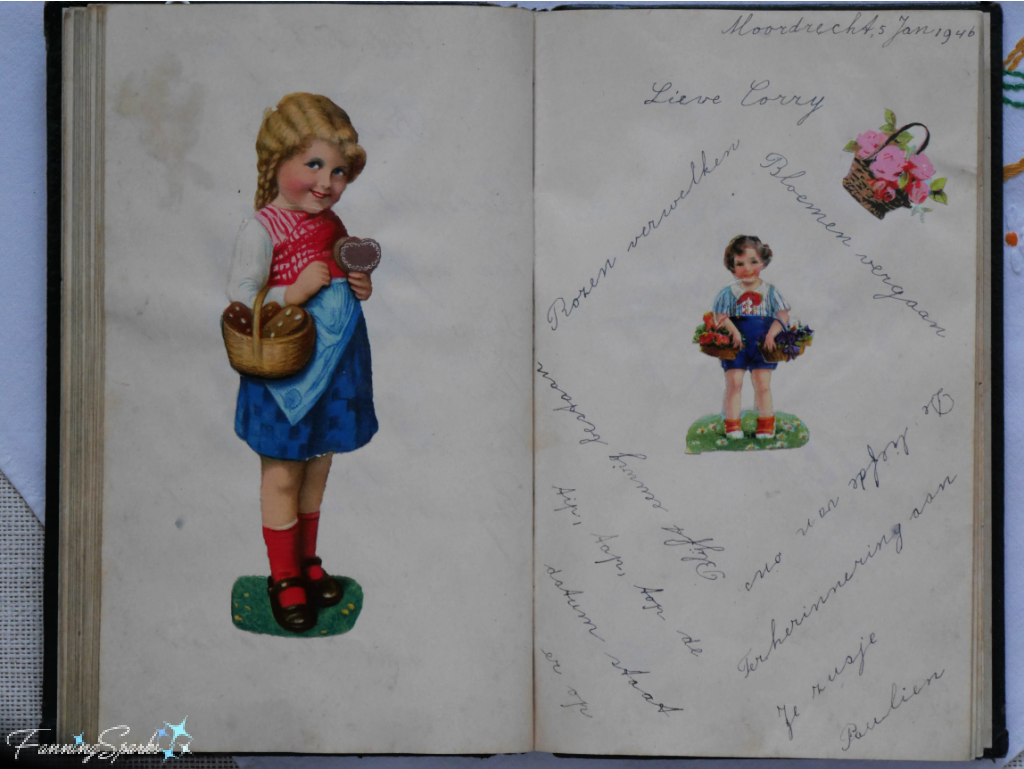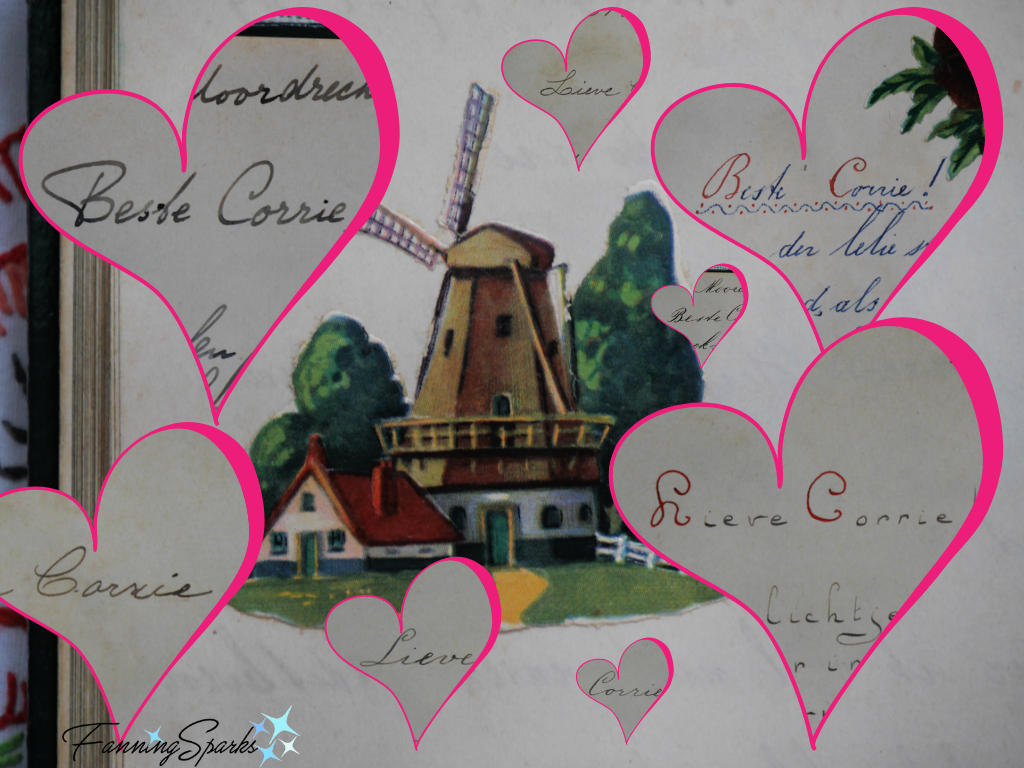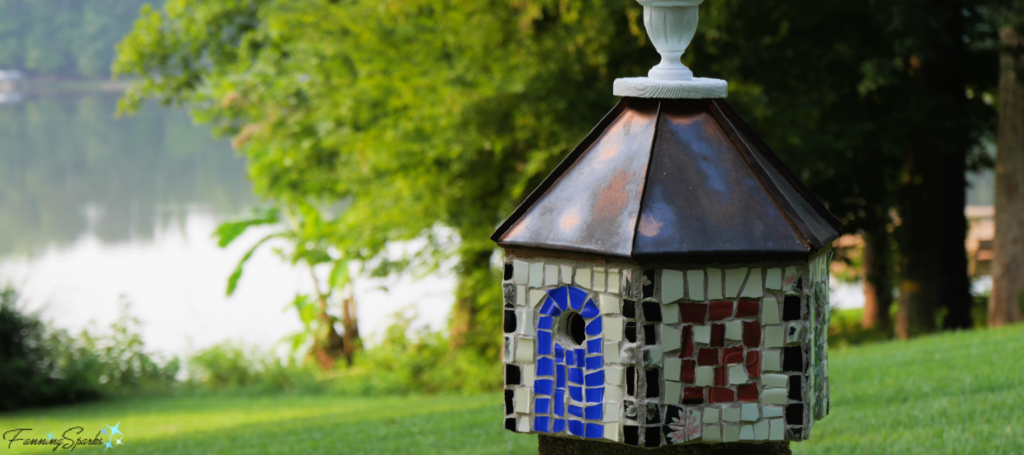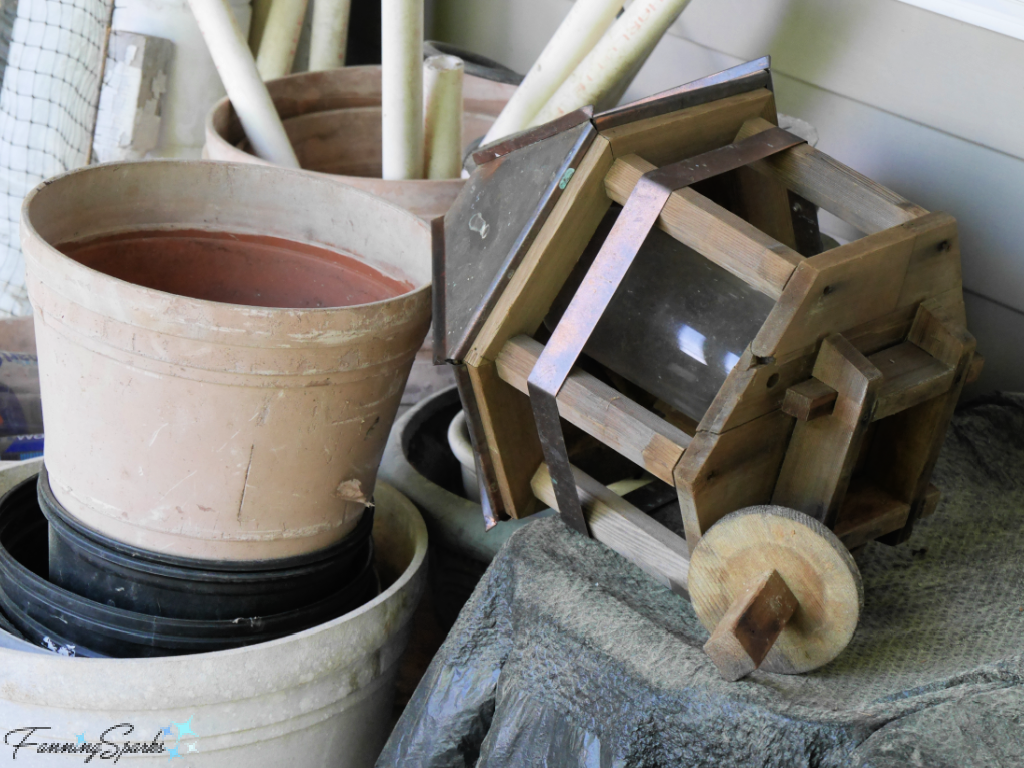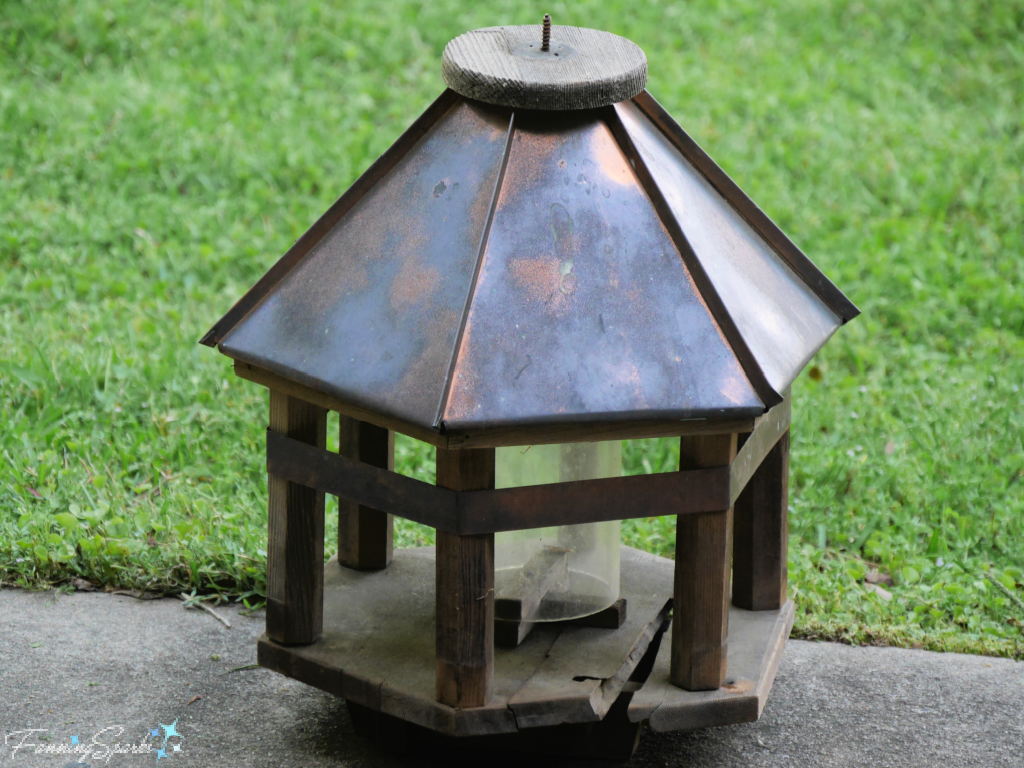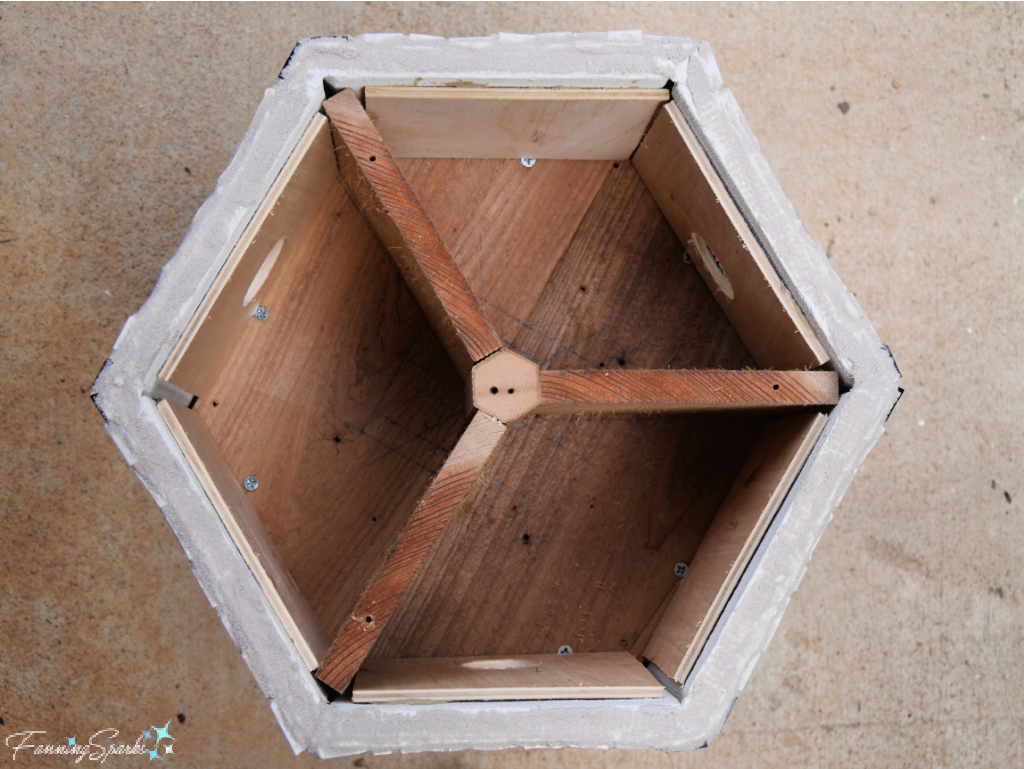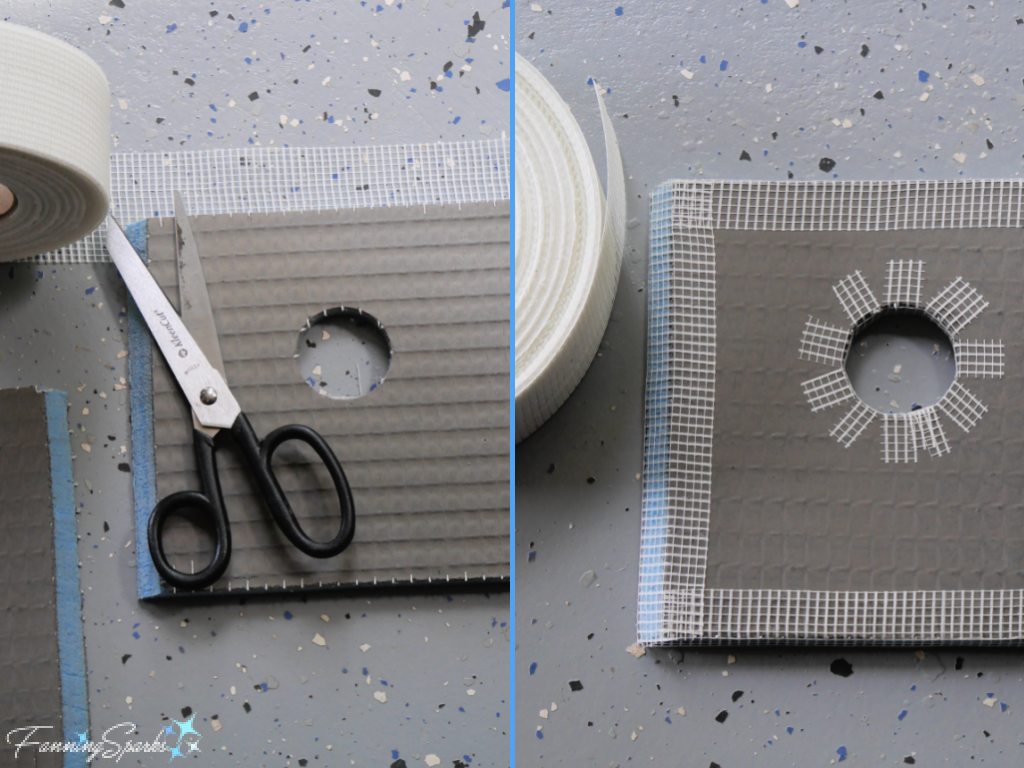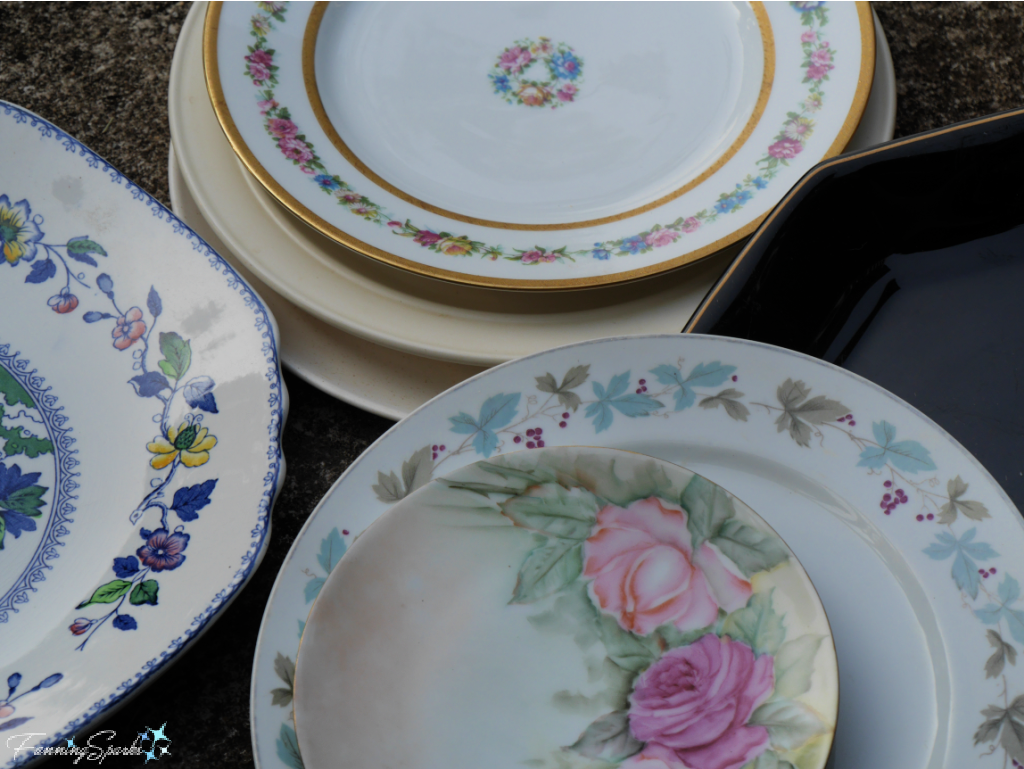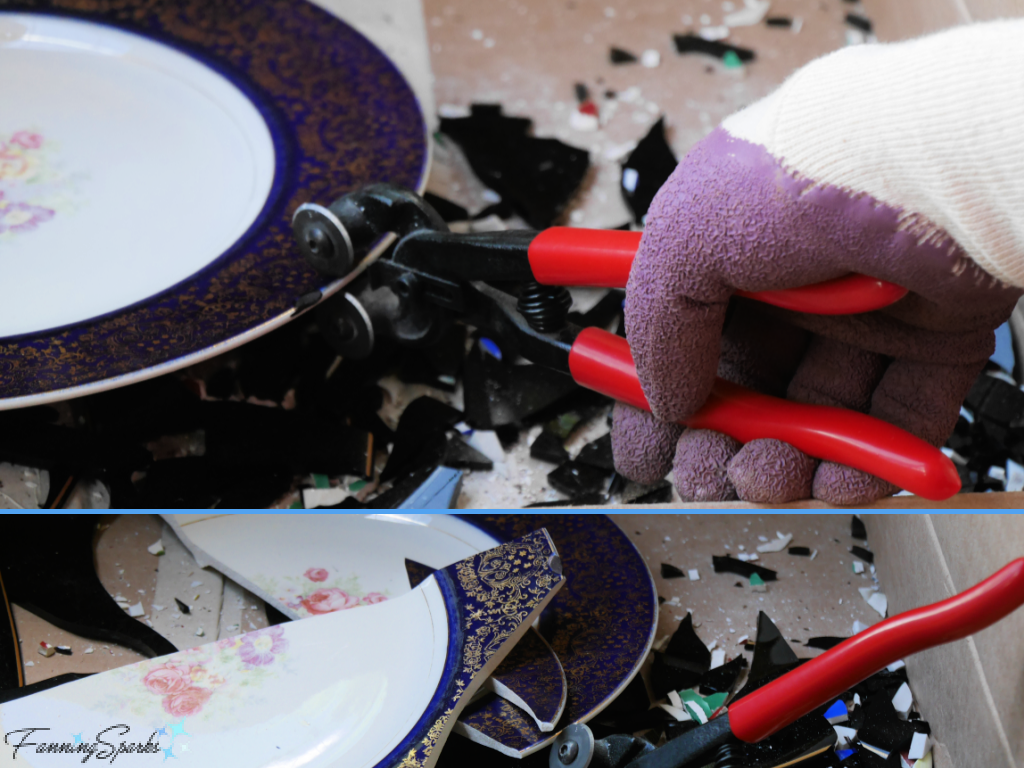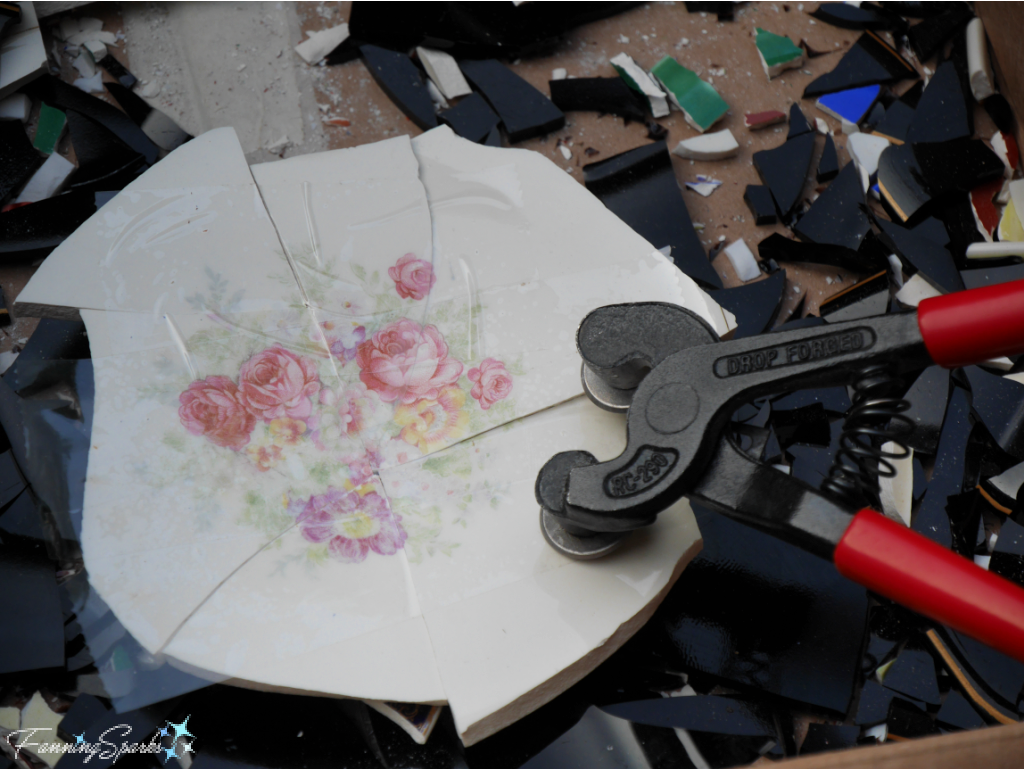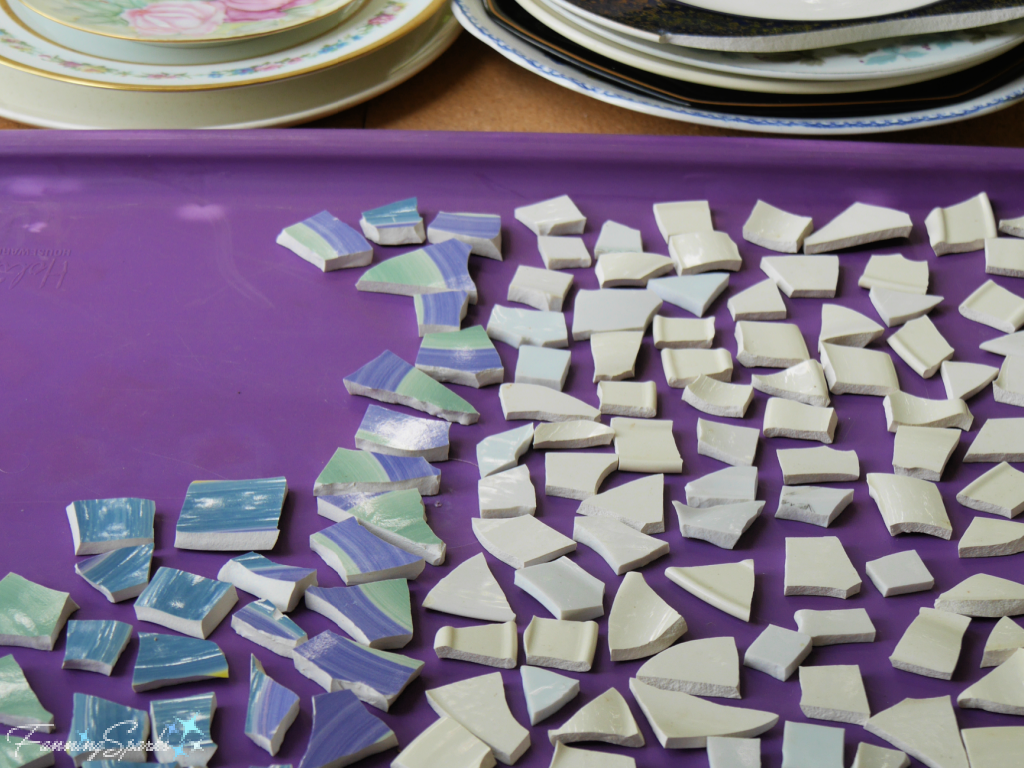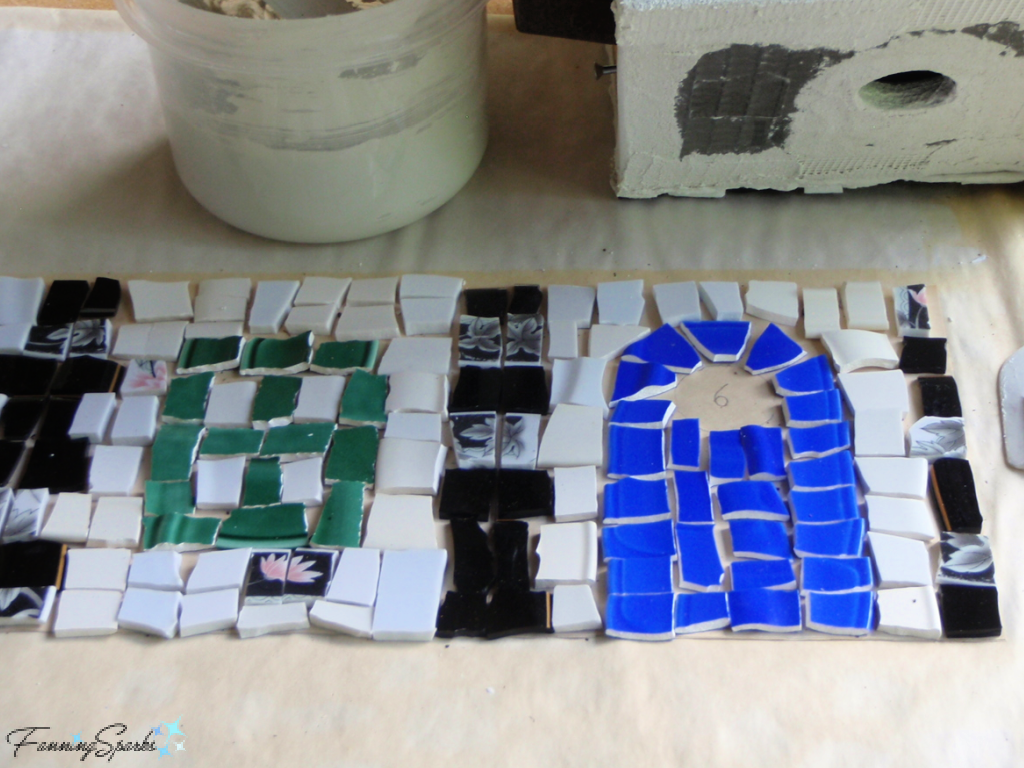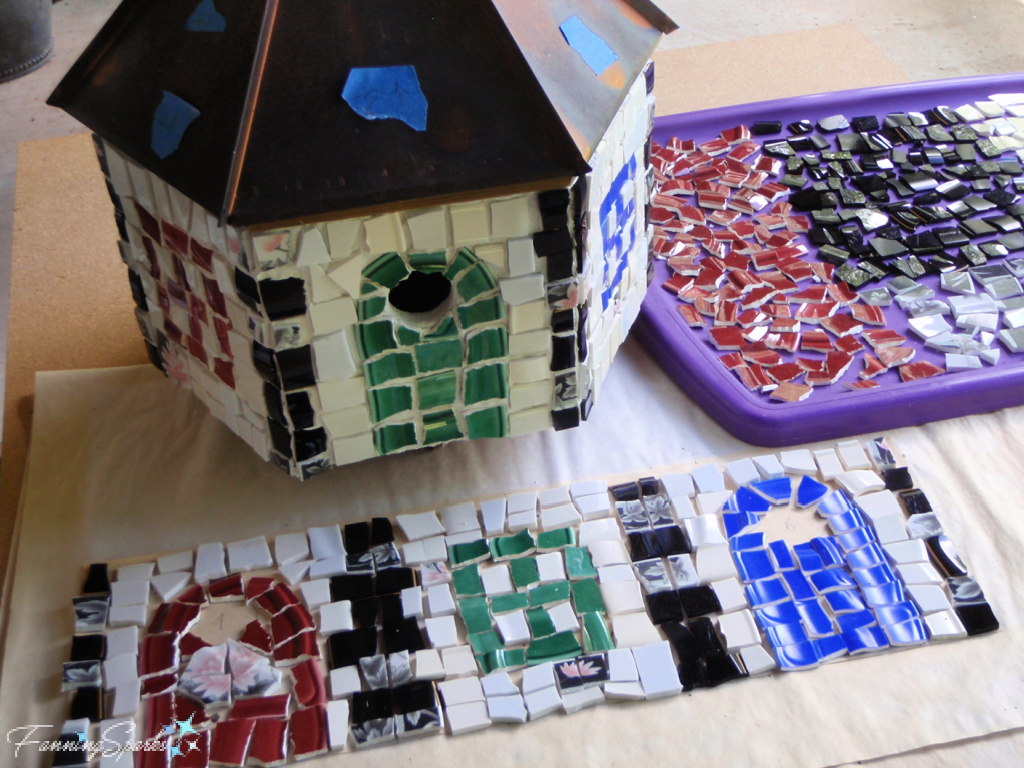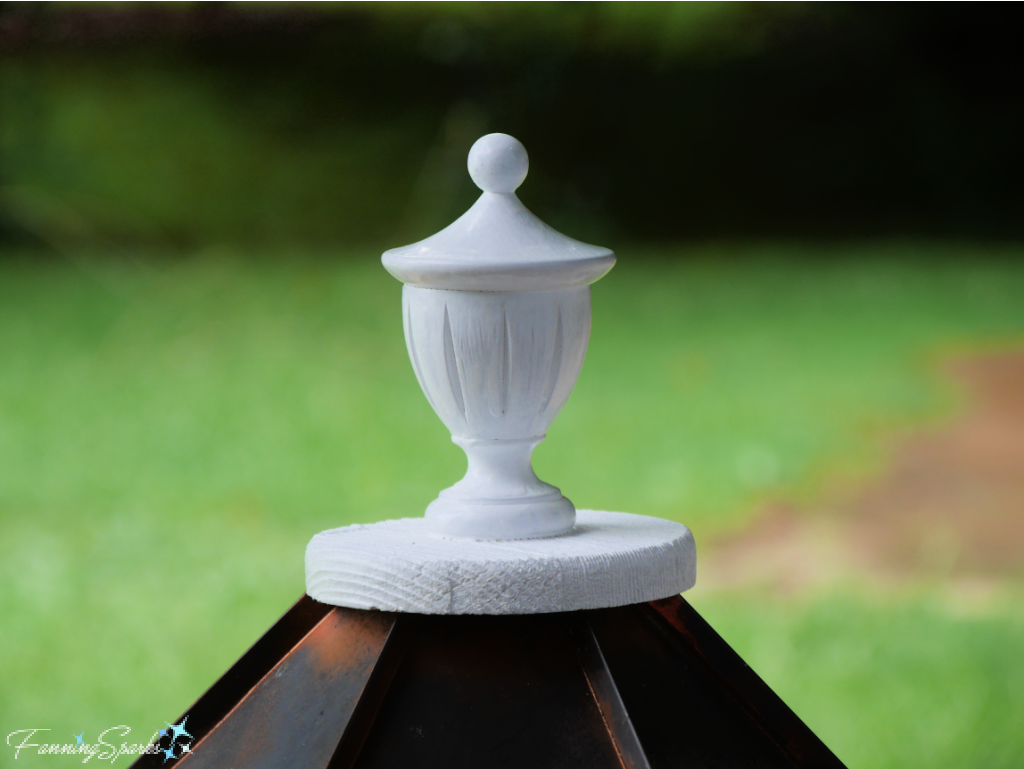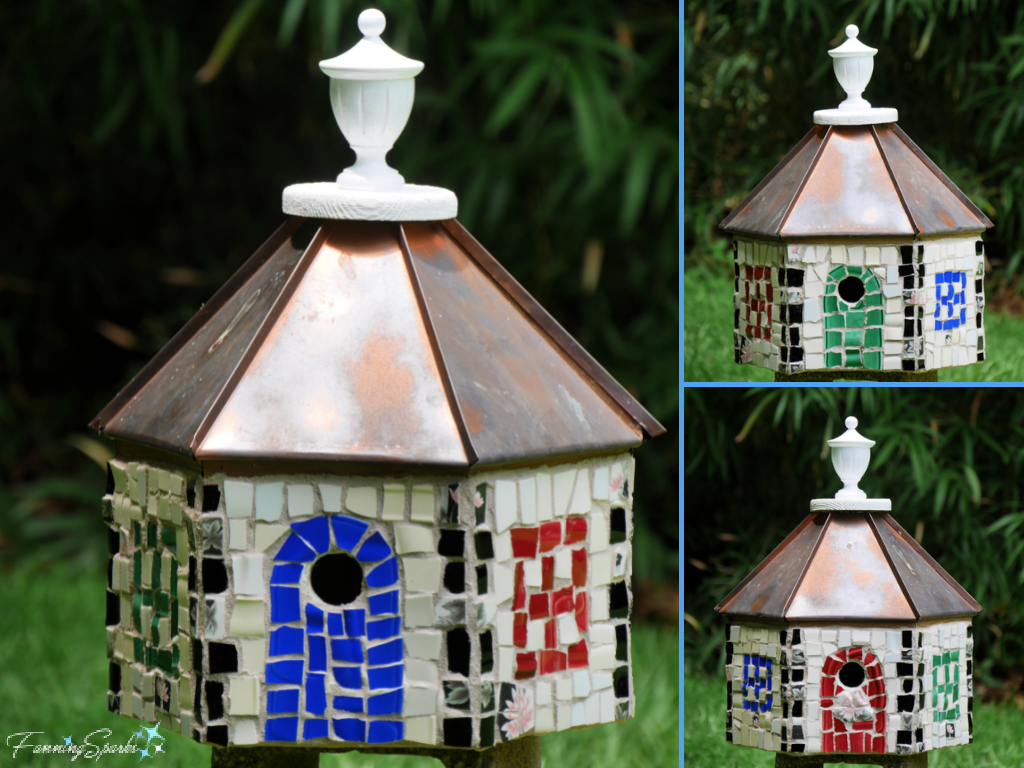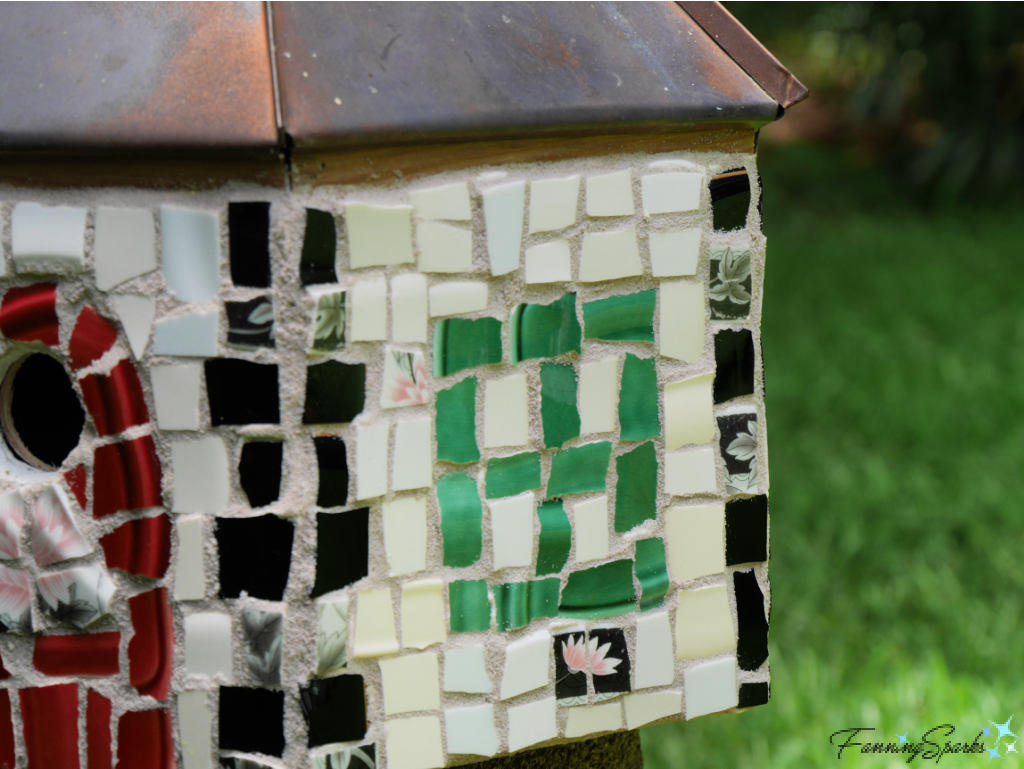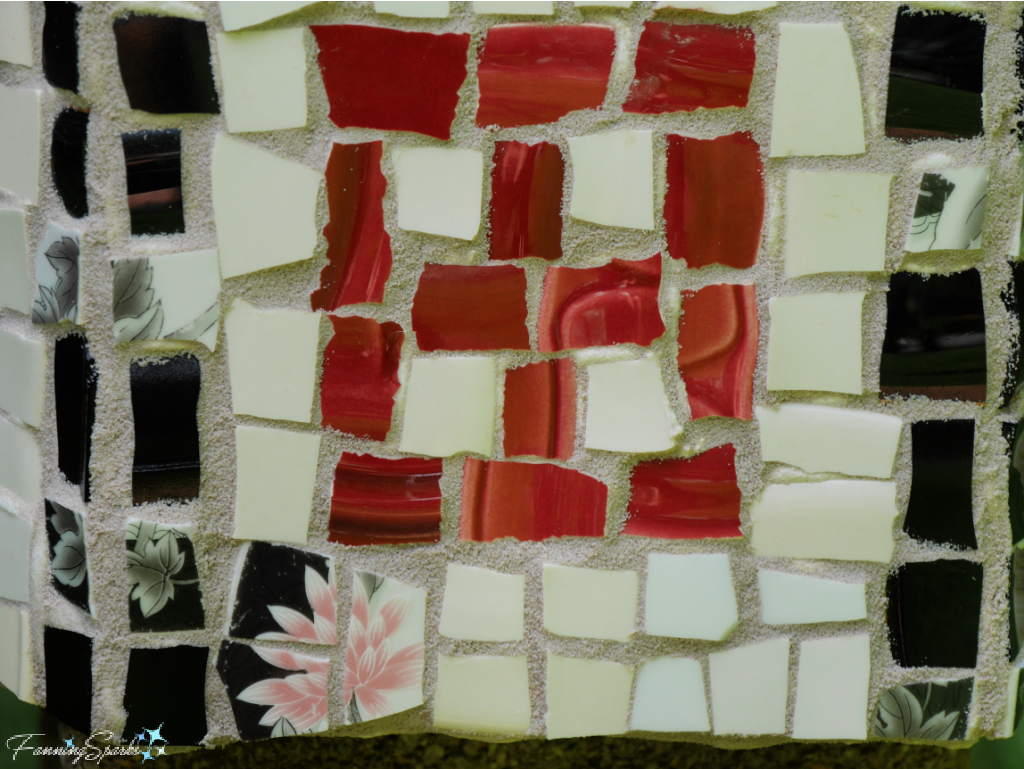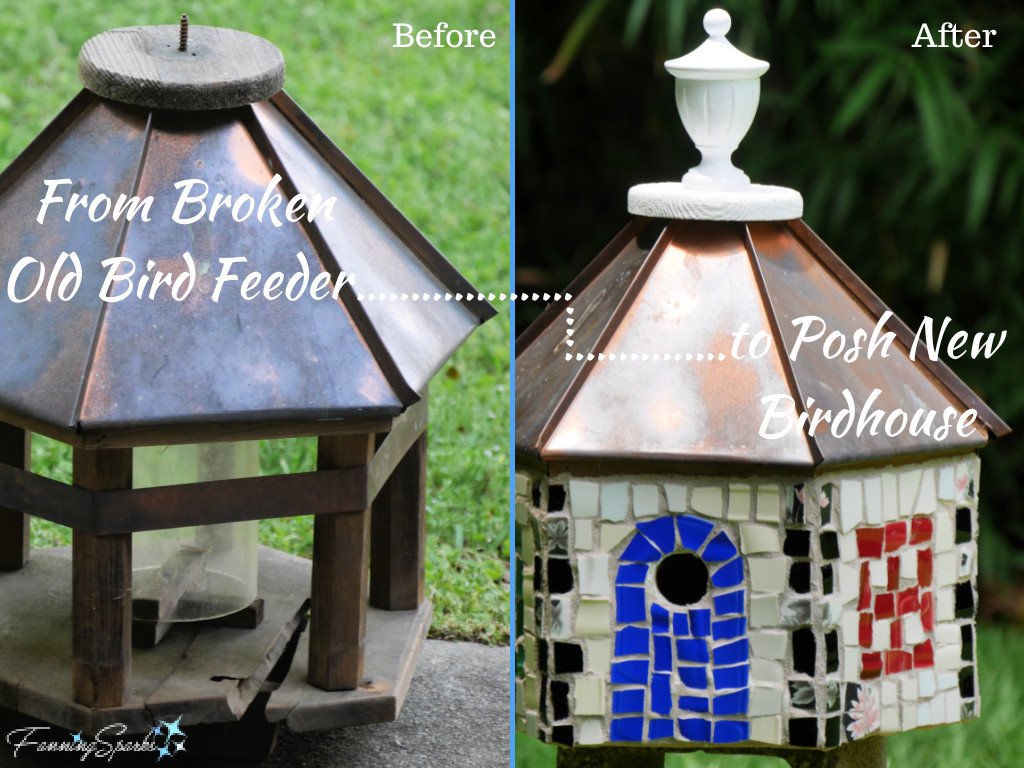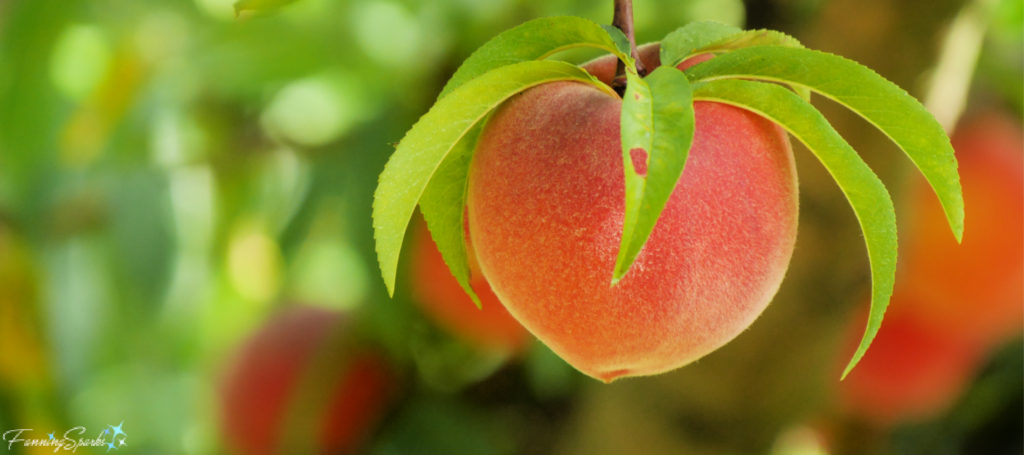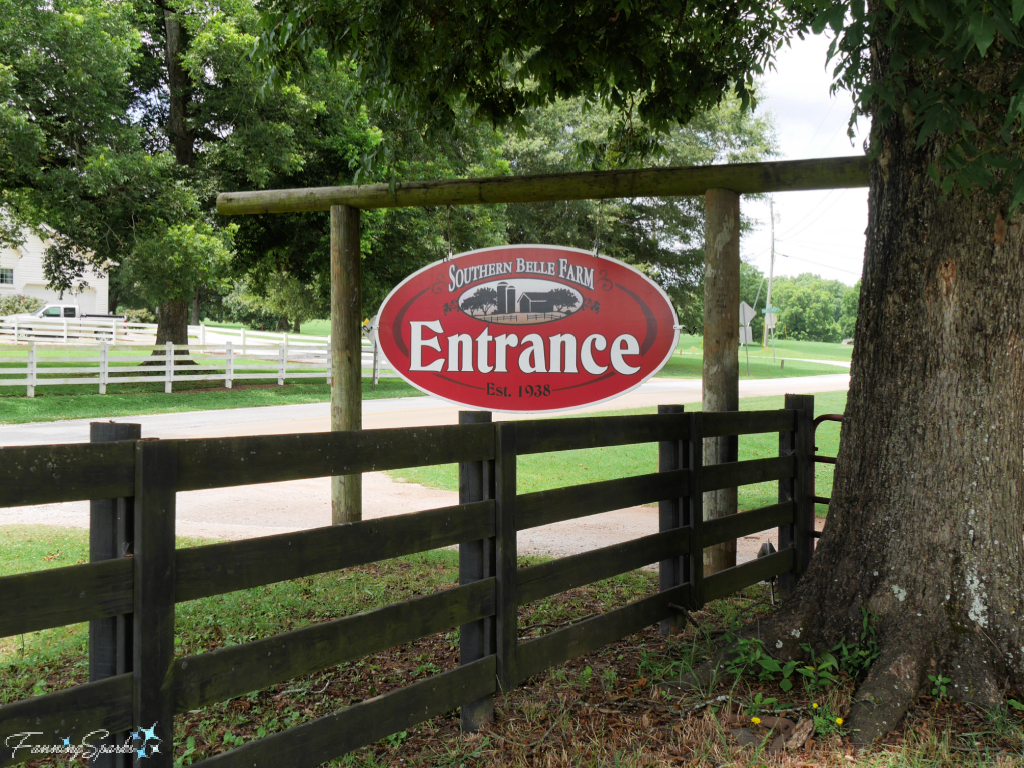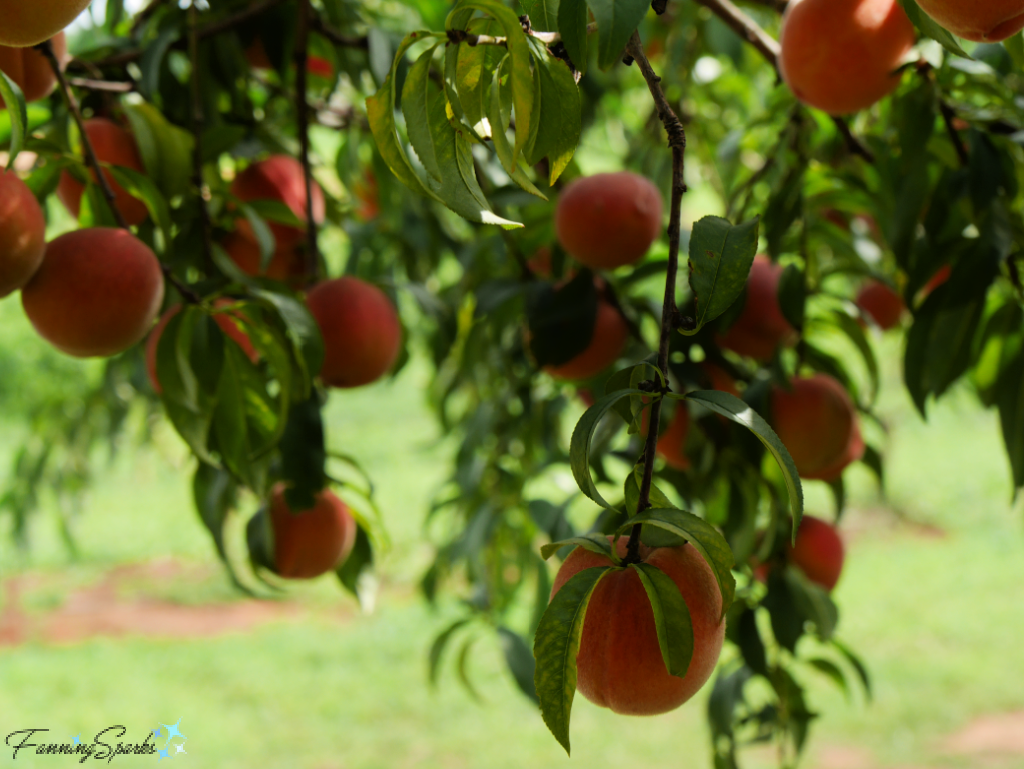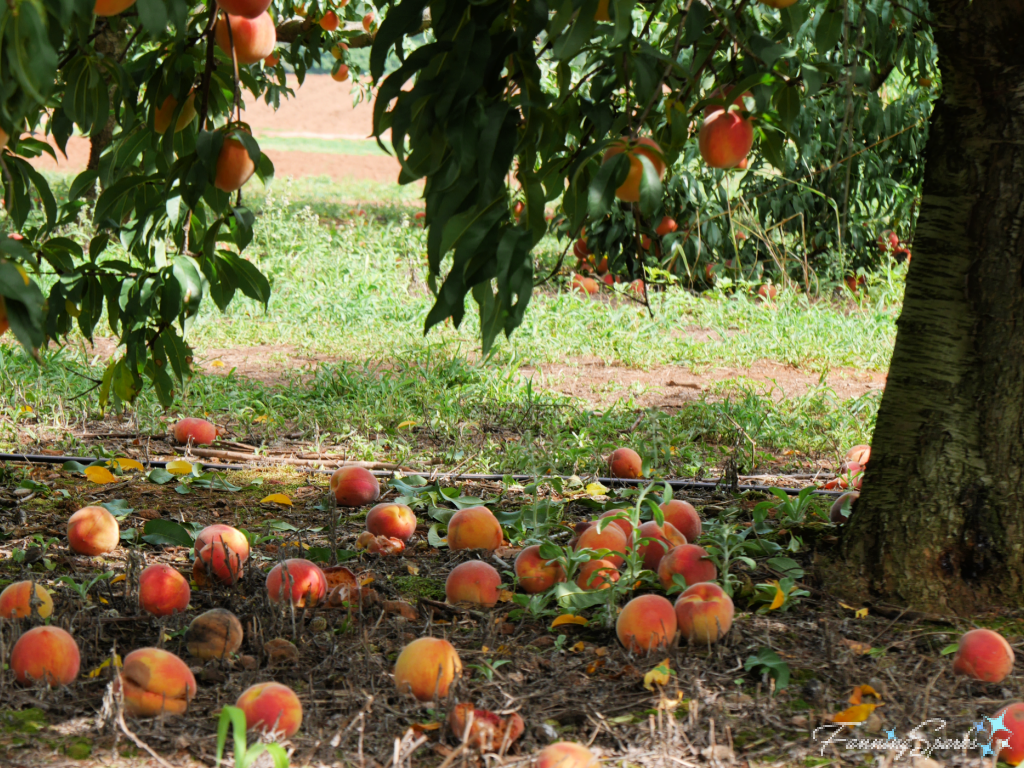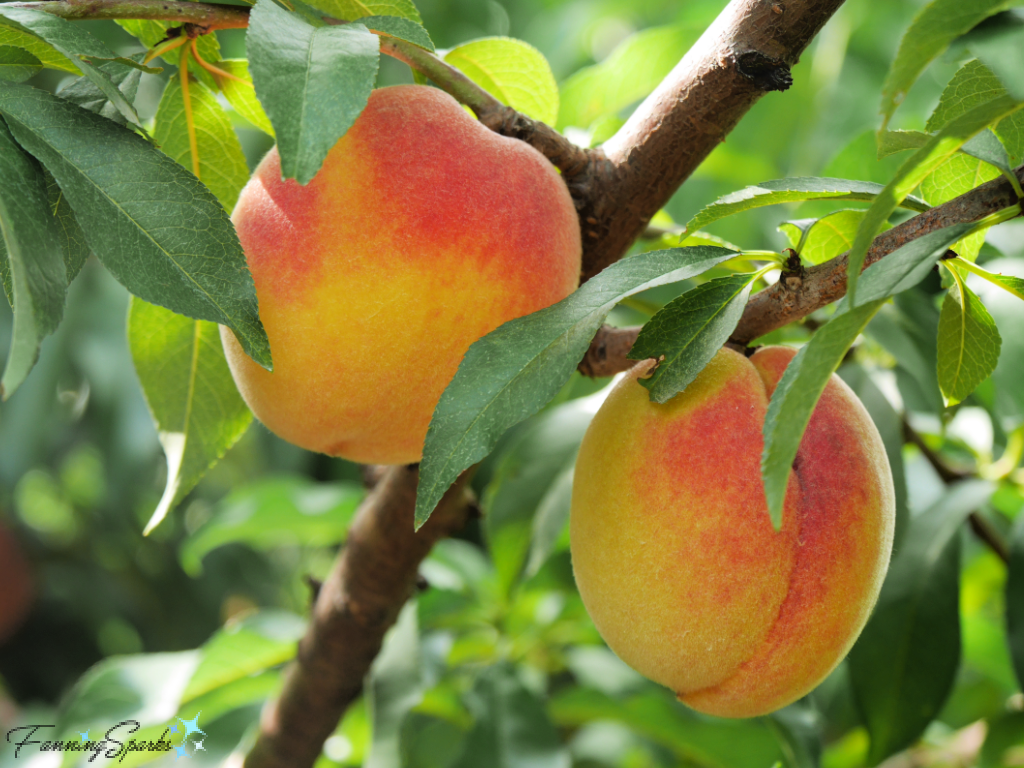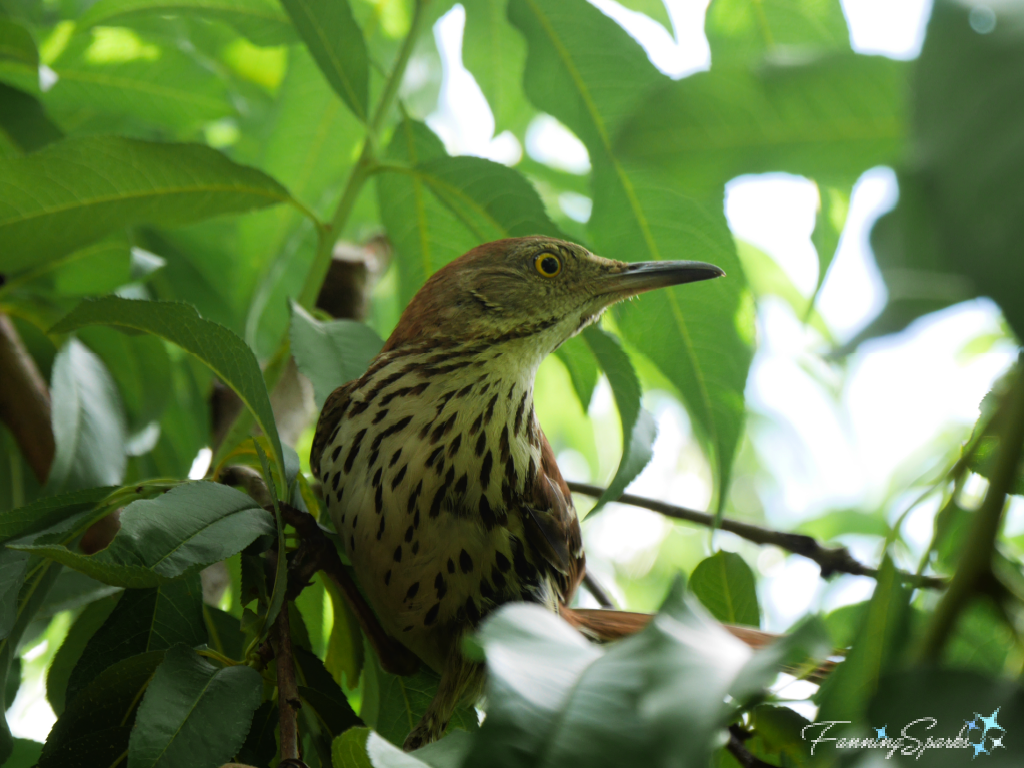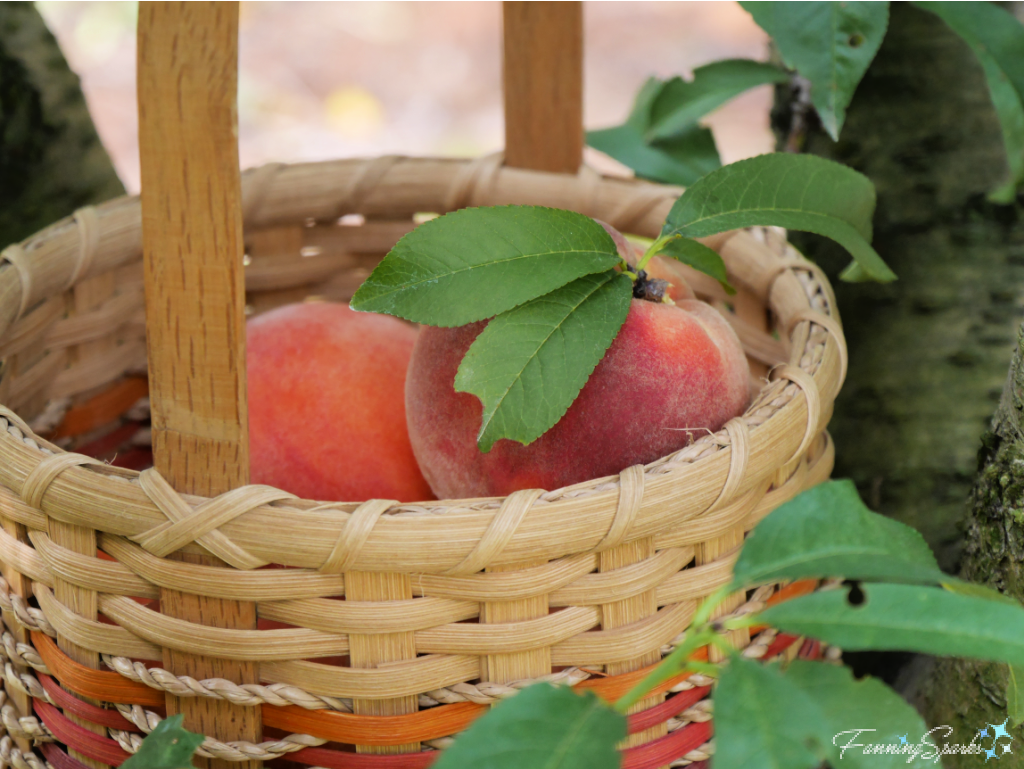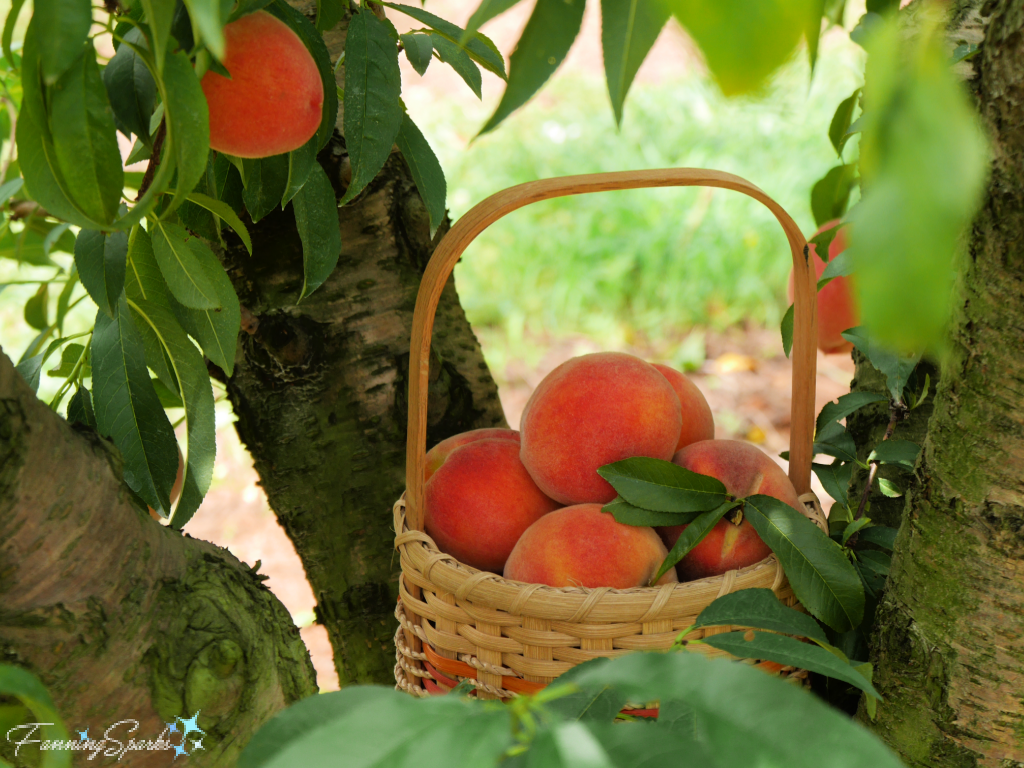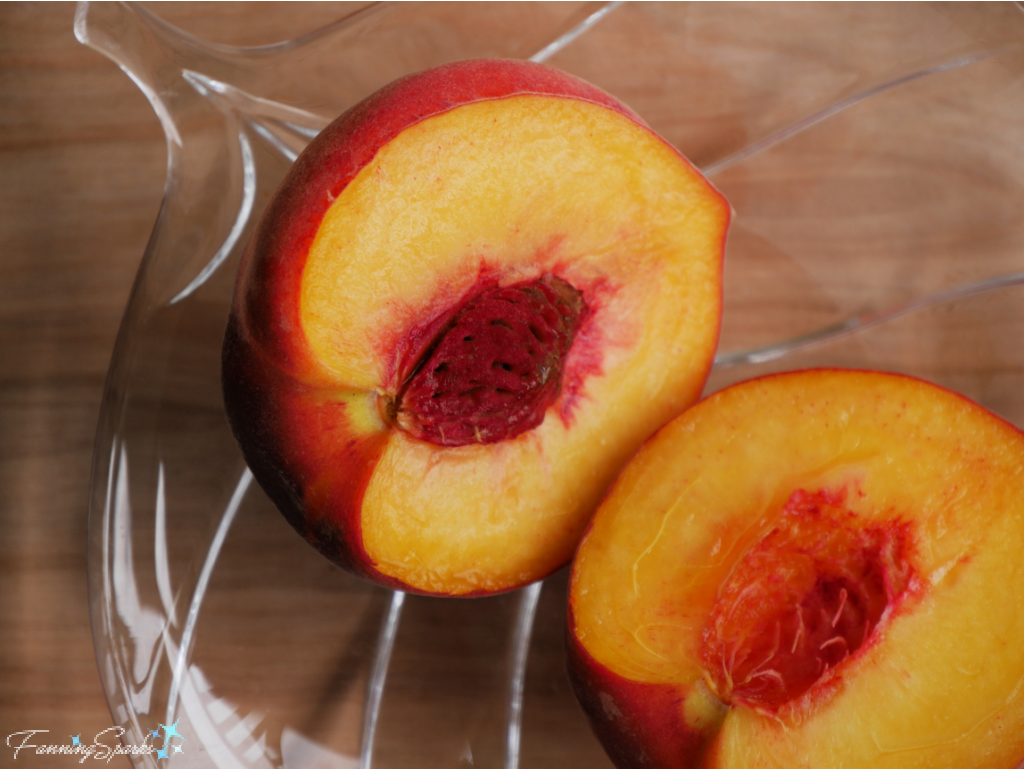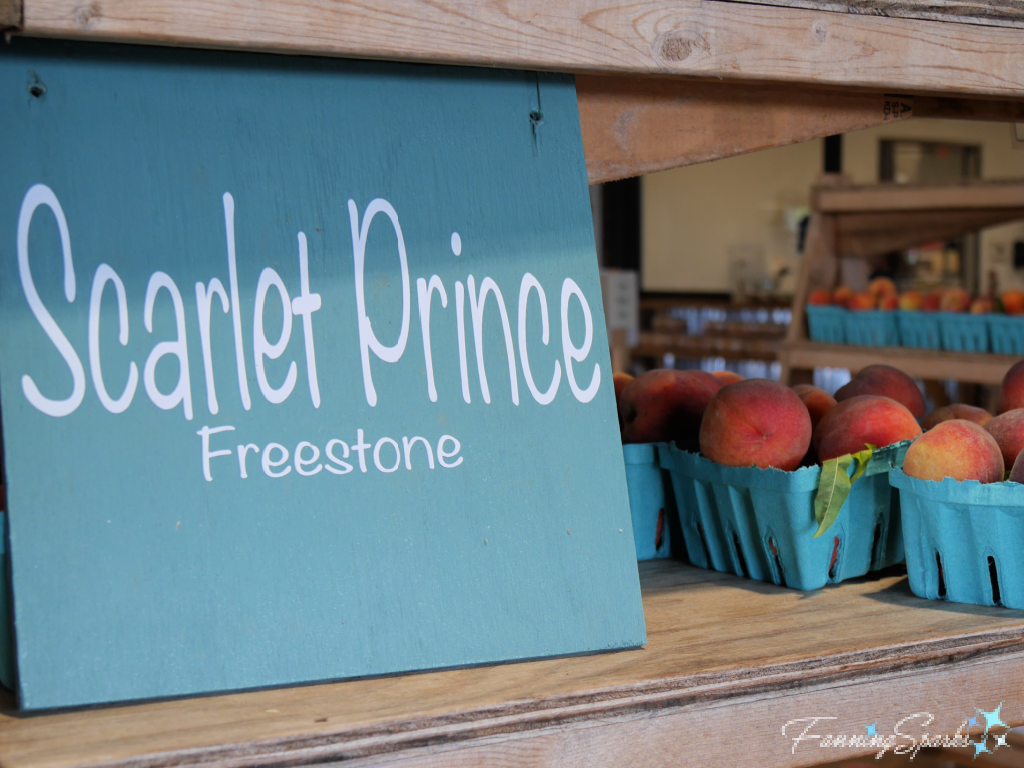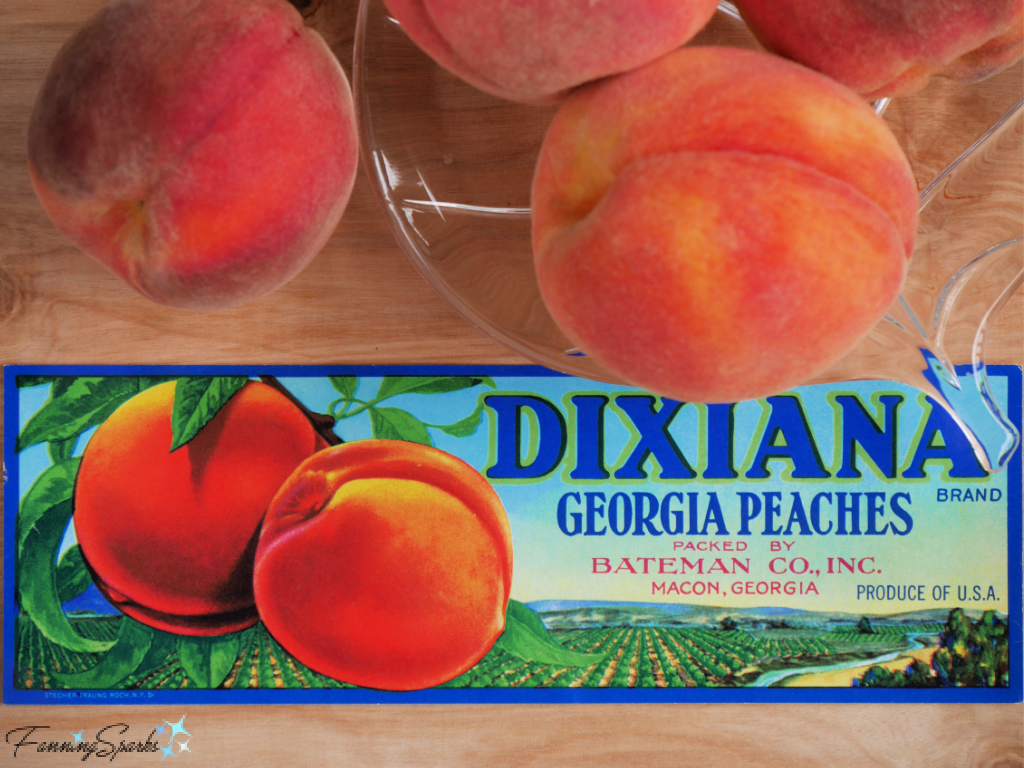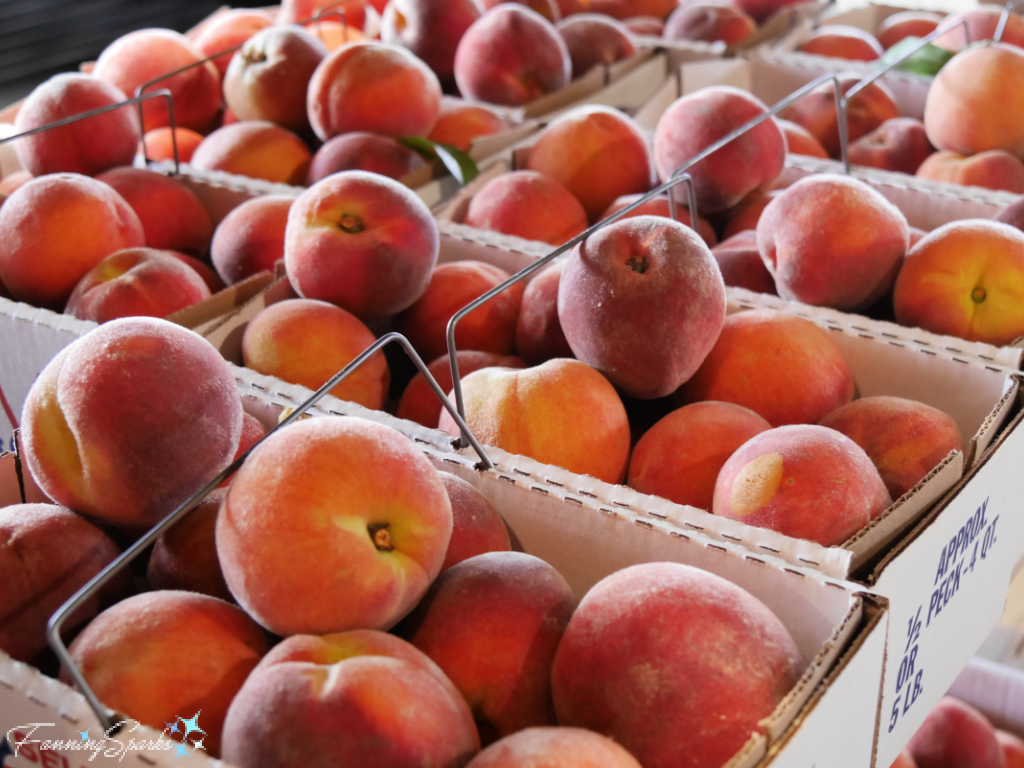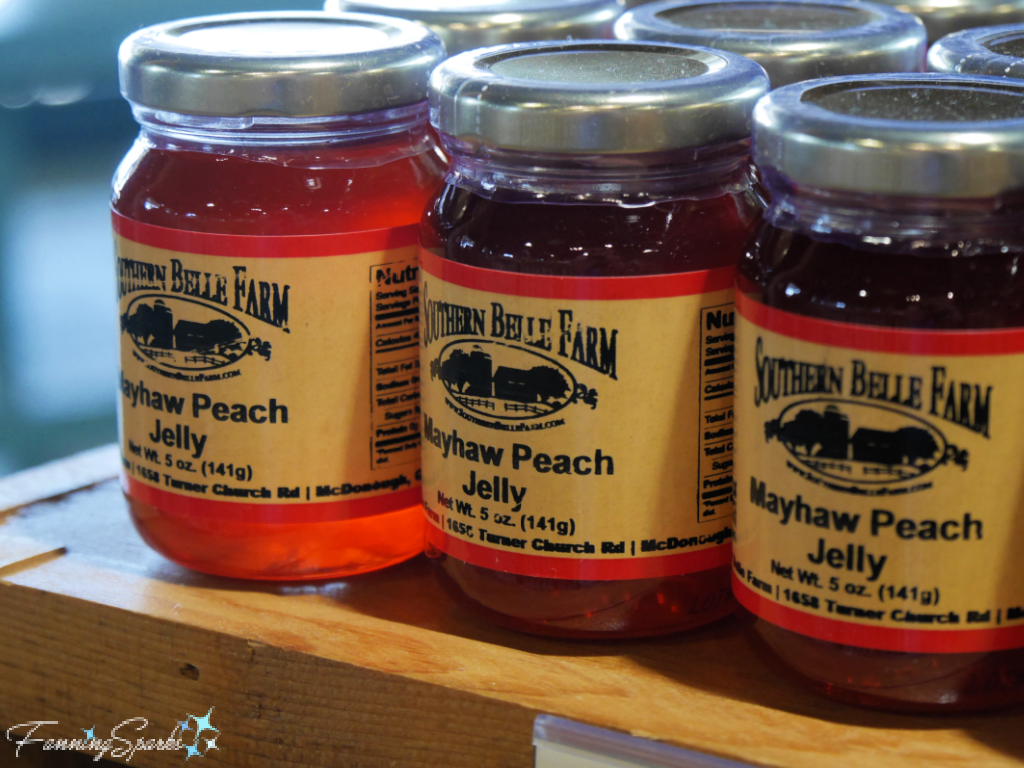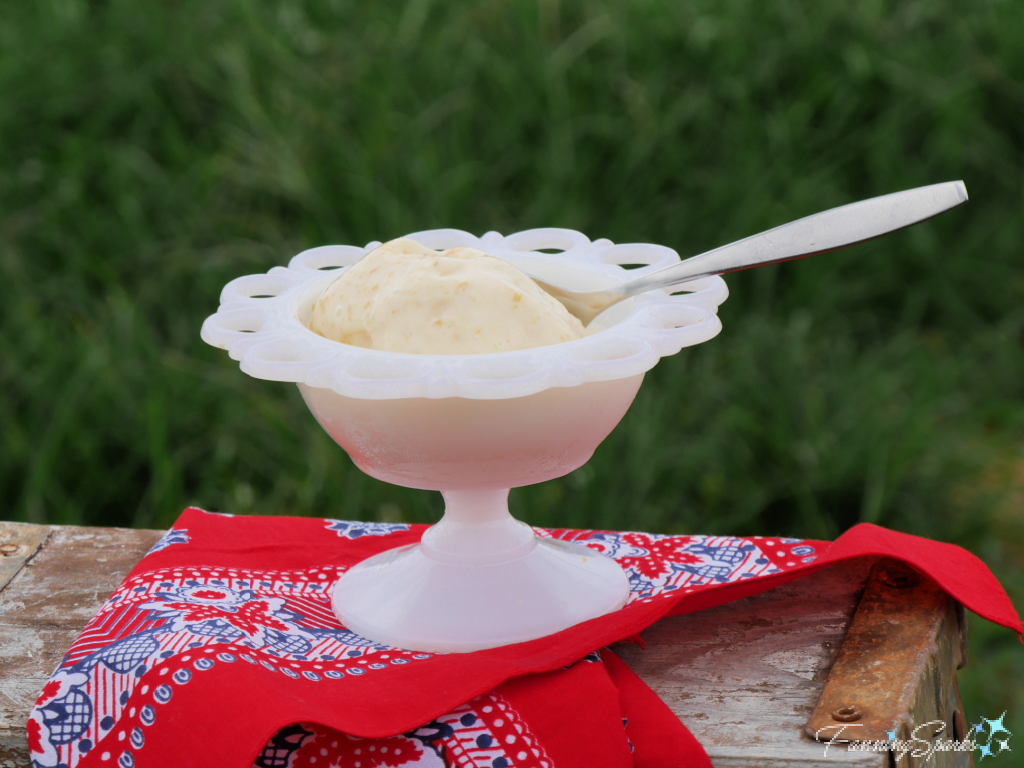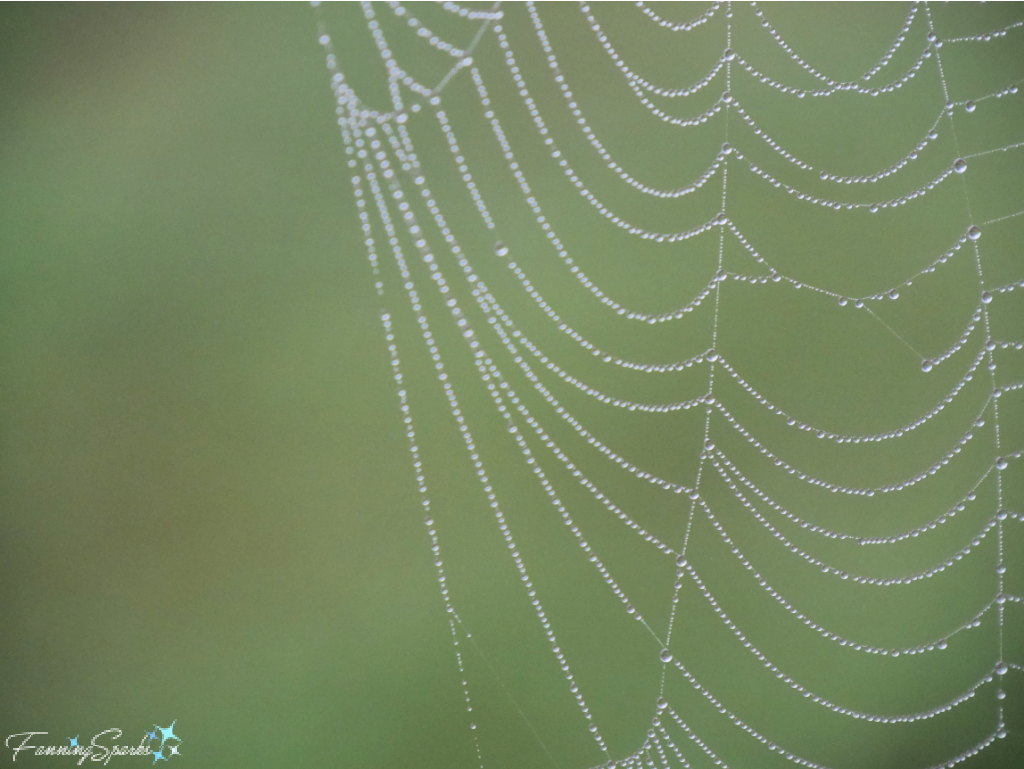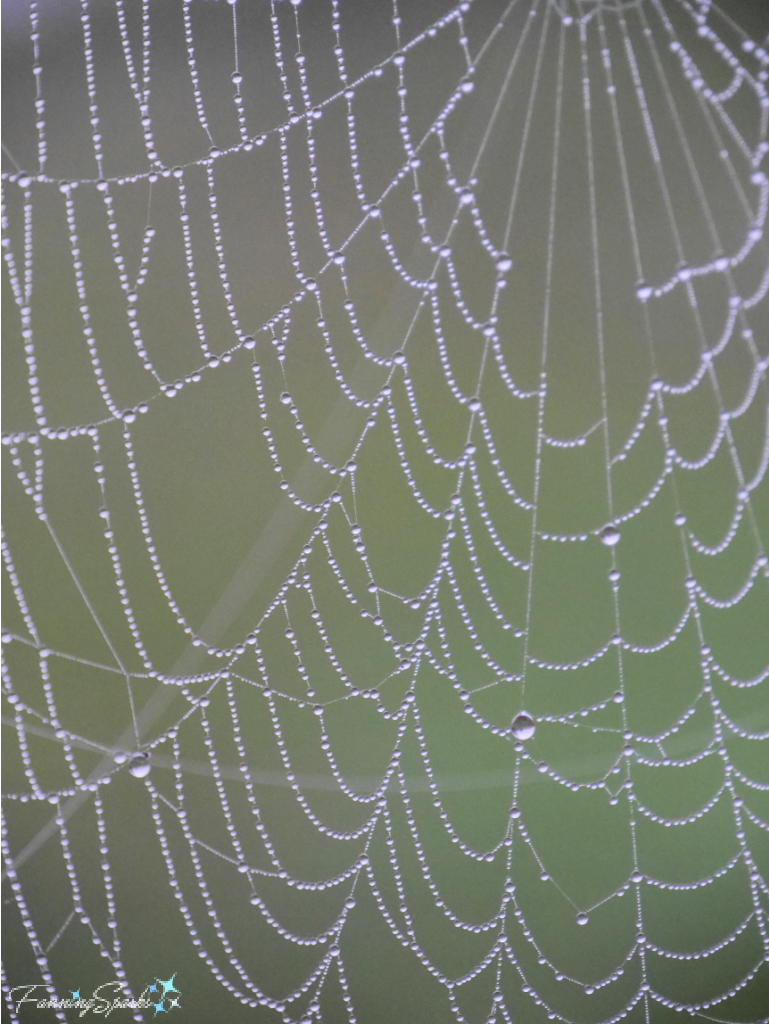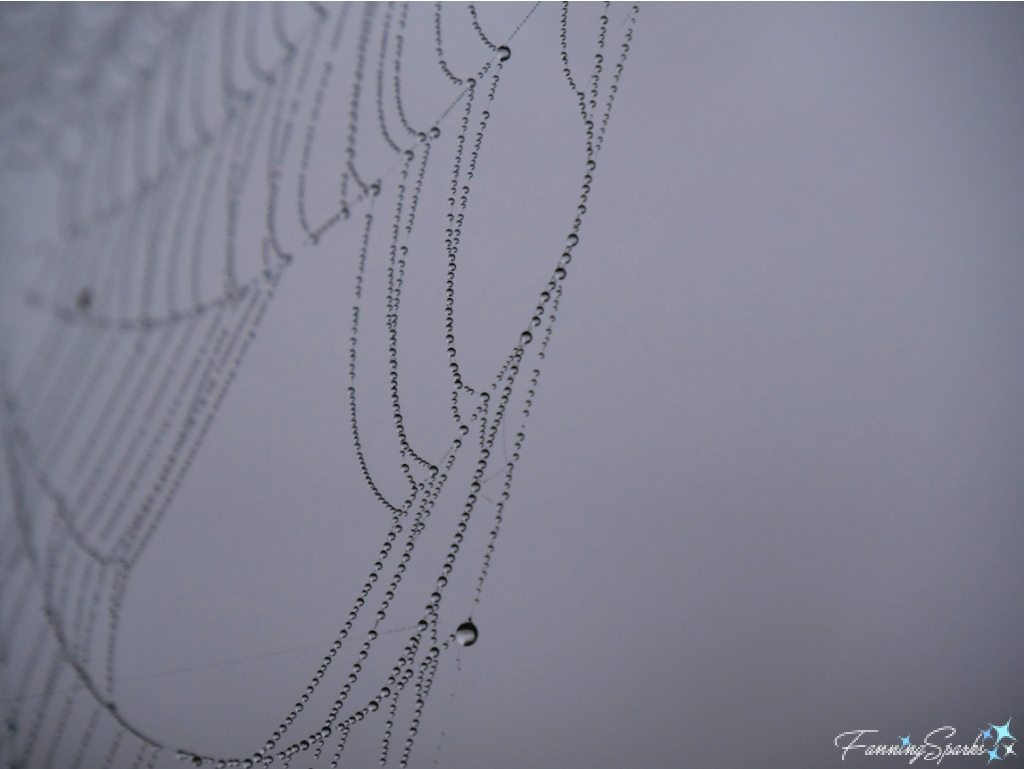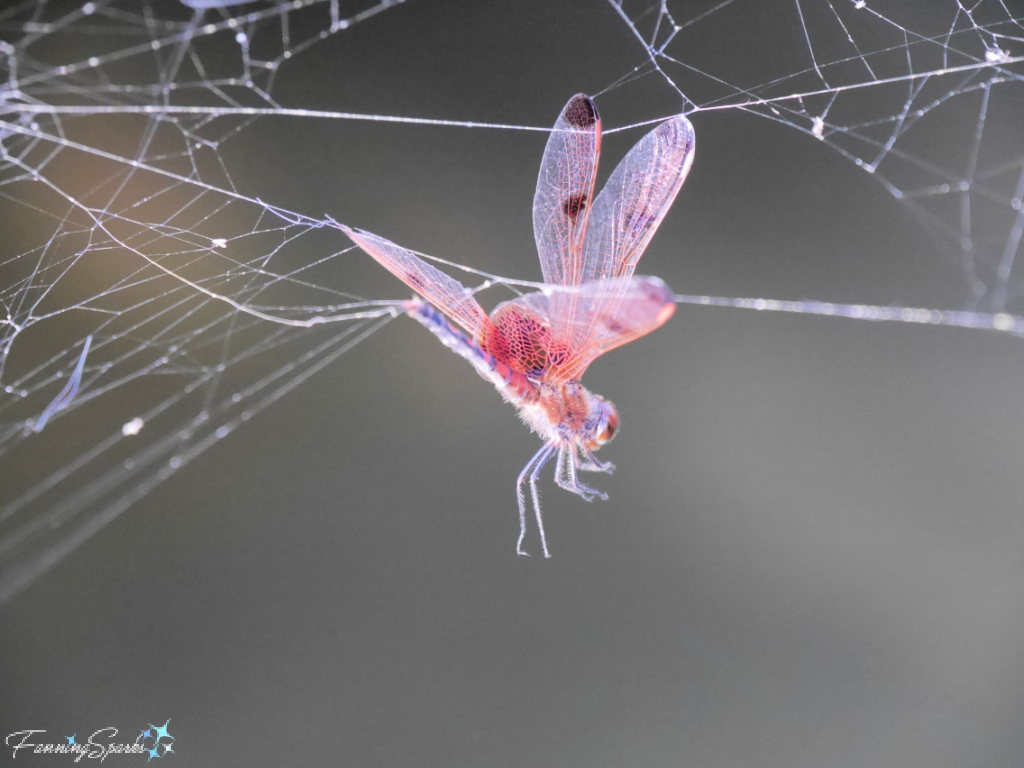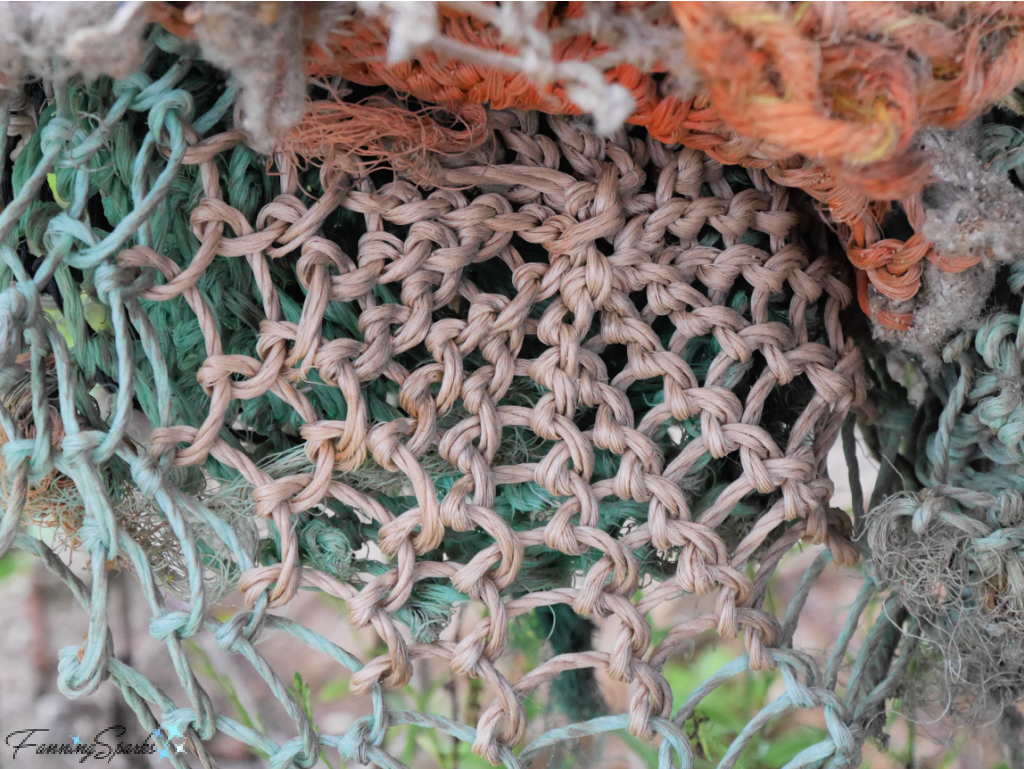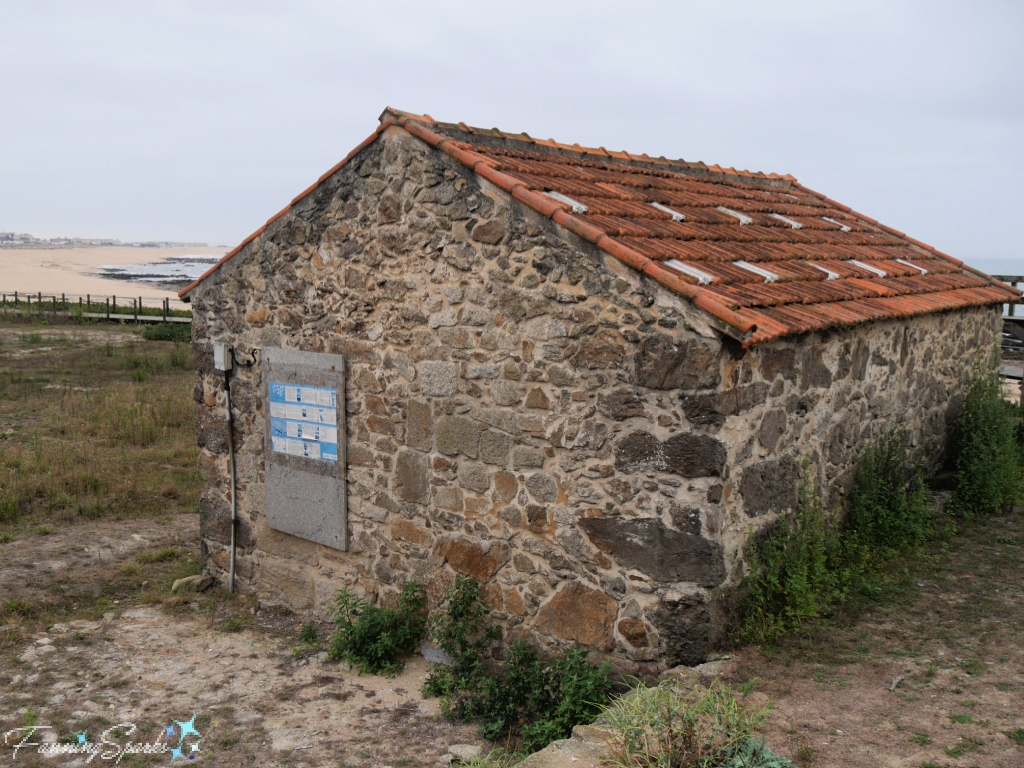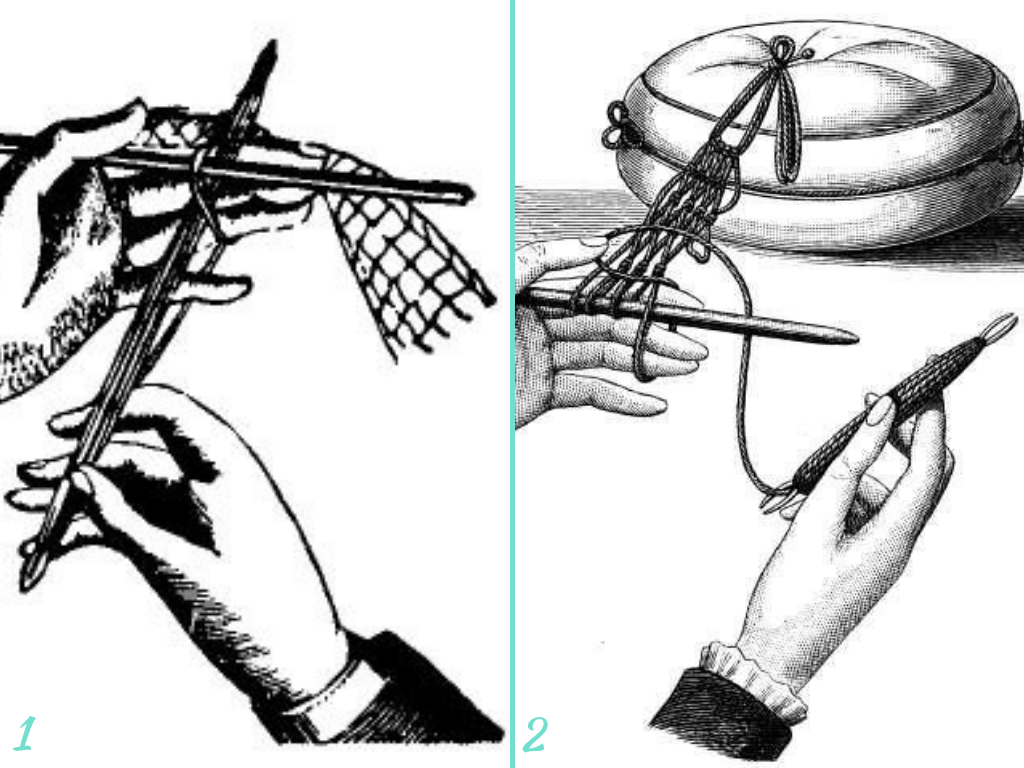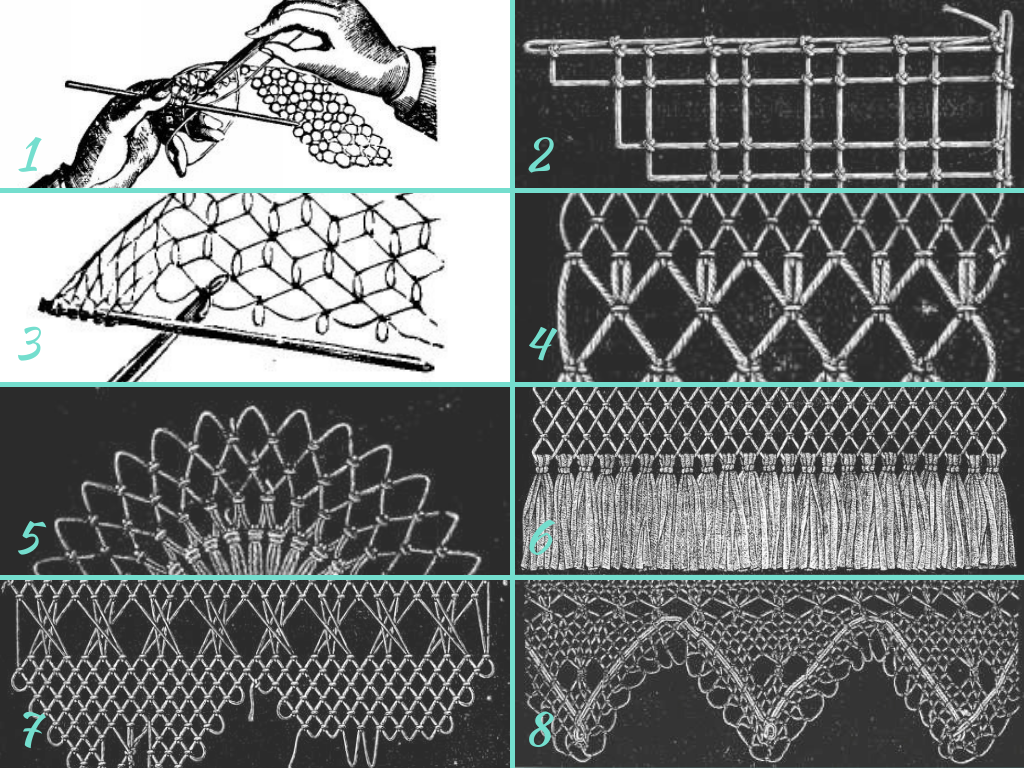Who can look at a field of sunflowers and not break into a smile? Not me. The minute I saw Farmview Market’s U-Pick Sunflowers field my mood brightened.
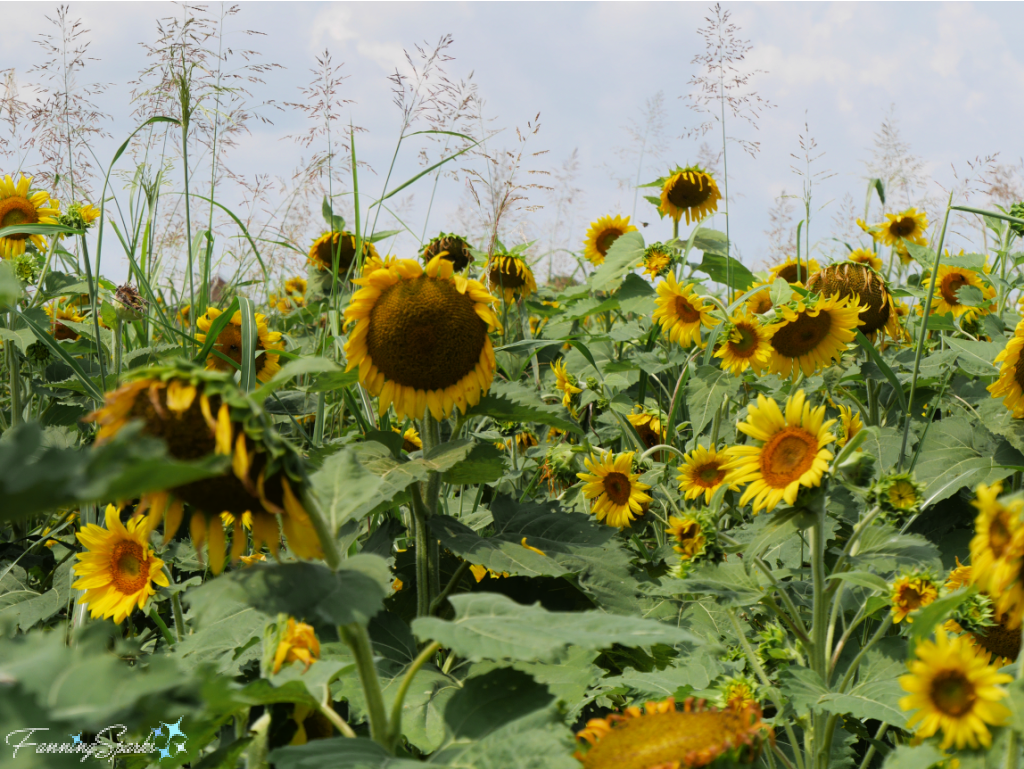
There’s something uplifting about the vibrant yellow colors and the jaunty, face-like blooms.
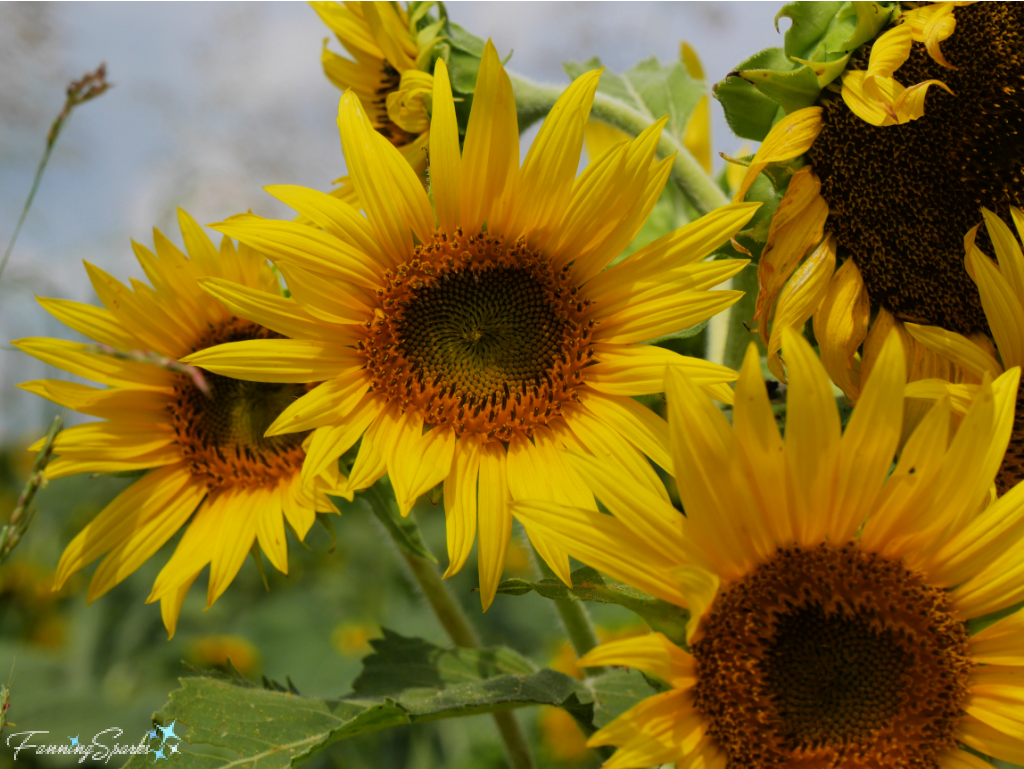
But sunflowers are more than just a pretty face! In his book “The Sunflower”, Charles B. Heiser noted the following: “Frequently overlooked in the uses of some plants is their important role in teaching and in pure research. Probably no other plants—unless it is the cocklebur—has been used more in plant physiology than the sunflower. The ease with which the sunflower can be grown and its rapid growth make it a favorite experimental plant. Few courses in botany are complete without a study of its seed structure. Countless biology students have looked at slides of cross sections of the sunflower stem in an attempt to understand the internal structure of plants. The flower head, because of its large size, serves as an excellent example of the structure of the composite type of flower.” Heiser was a professor of botany and a leading expert on the sunflower genus Helianthus.
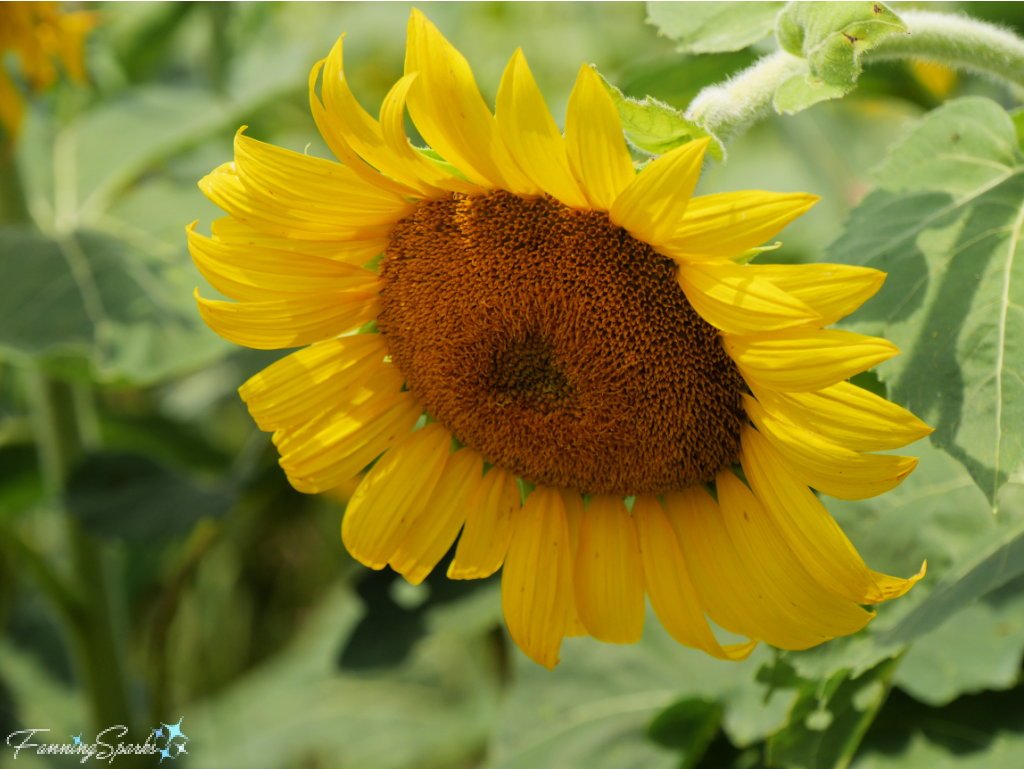
Heiser explains “One of the important characters … is that a sunflower … is not a single flower at all, but a whole bouquet. If one examines a sunflower closely, he will find that there are many—perhaps a hundred or more—small flowers packed together in a structure known as a head. … On the outside of the head is a series of greenish bracts. One who knows a little about flowers might regard them as sepals, but actually they are phyllaries, or little leaves.”
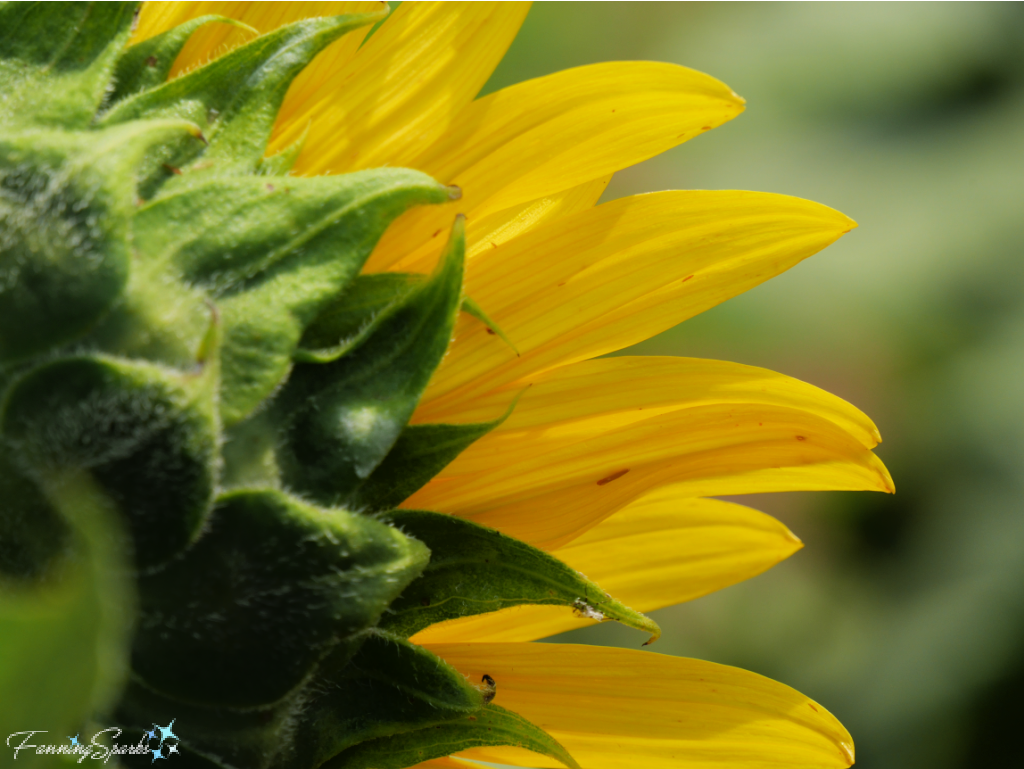
Heiser continues, “Next to the phyllaries are found the ray flowers, usually yellow in the sunflower. Although normally flowers serve to produce seeds, the ray flowers of the sunflower are sterile, and apparently their sole function is to attract insects.”

Based on my observations at the U-Pick Sunflower field, the ray flowers do a stellar job of attracting insects! Bees were in abundance.
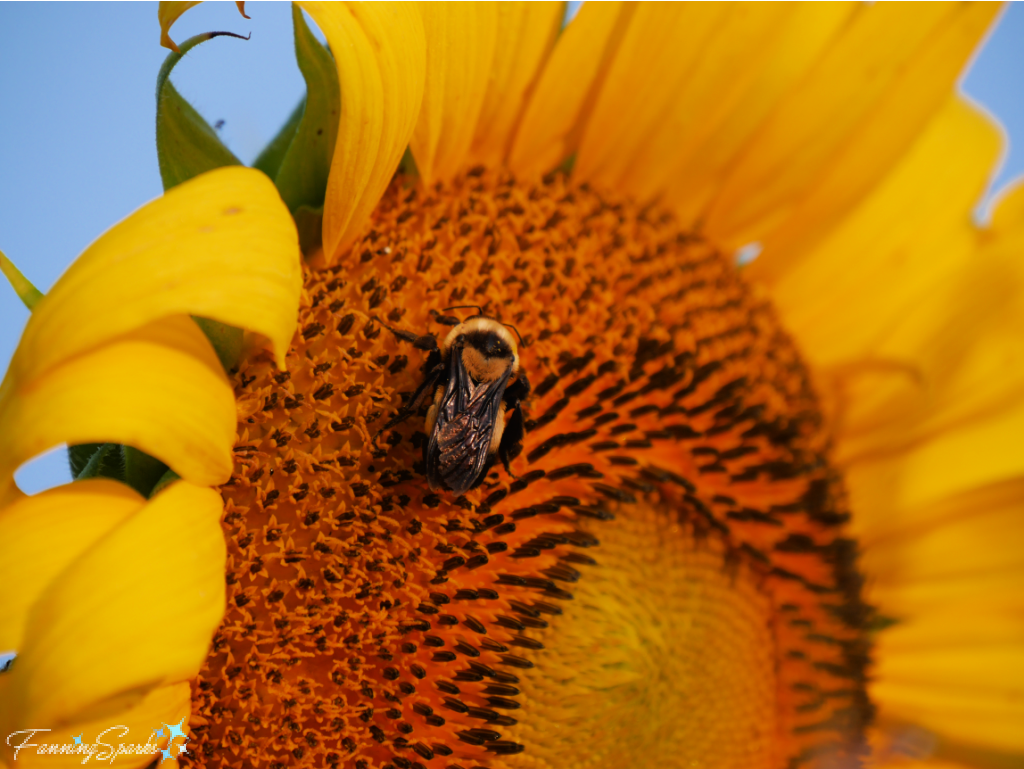

Butterflies, those beloved winged beauties, were also plentiful. This is my favorite shot from the day—an Eastern Tiger Swallowtail AND a bee on a single perfect sunflower head in front of billowing grass seed heads and a soft blue sky. I couldn’t ask for better staging!
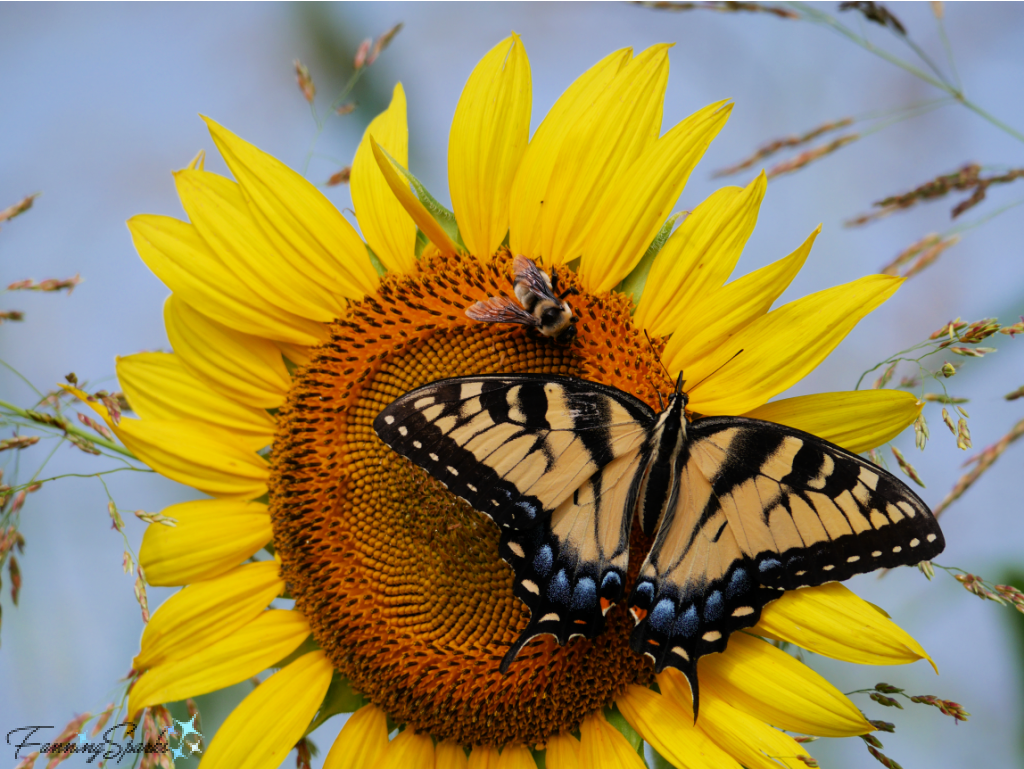
I spotted several other butterflies for the first time. The stunner pictured below is the Common Buckeye (Junonia coenia). The spectacular markings on the Common Buckeye include 4 pairs of eyespots, 2 on the forewing and 2 on the hindwing. In general, eyespots are eye-like markings which can be explained in at least 3 ways. Eyespots can deceive predators by making a butterfly appear to be a different insect. Eyespots can intimidate predators by making a butterfly appear inedible or dangerous. Or eyespots can deflect attacks away from a butterfly’s more vulnerable body parts. Whatever the reason, the Common Buckeye’s colorful eyespots are splendid!
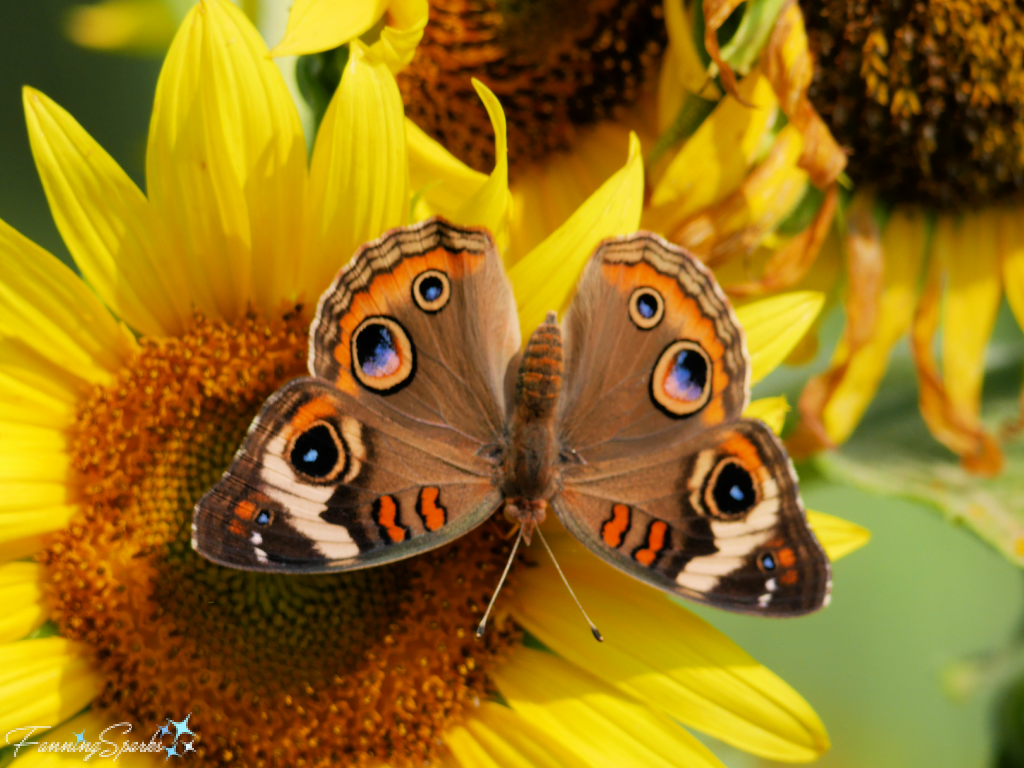
While not quite as flamboyant as the Common Buckeye, the Painted Lady (Vanessa cardui) also has eyespots. Here a Painted Lady with her wings closed shares a sunflower with a bee.
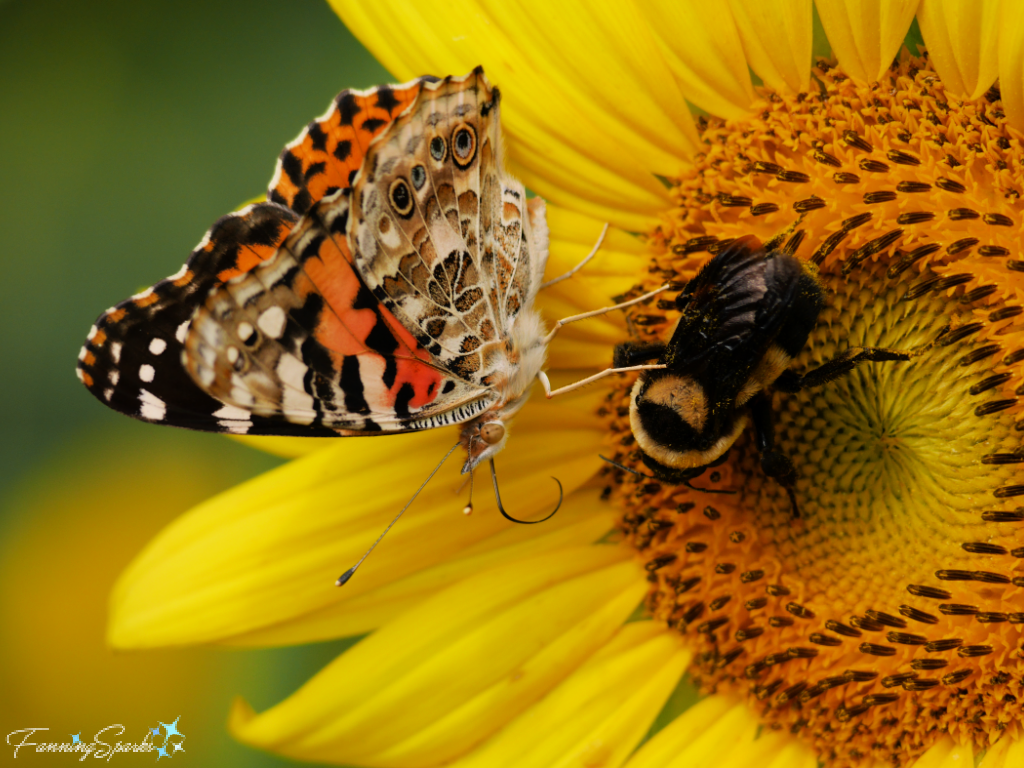
This next butterfly with its gorgeous orange markings is a Variegated Fritillary (Euptoieta claudia). It’s perfectly camouflaged on the sunflower head.

It’s actually quite stunning to see these 3 butterflies side by side. Here’s a screengrab from my iNaturalist observations.
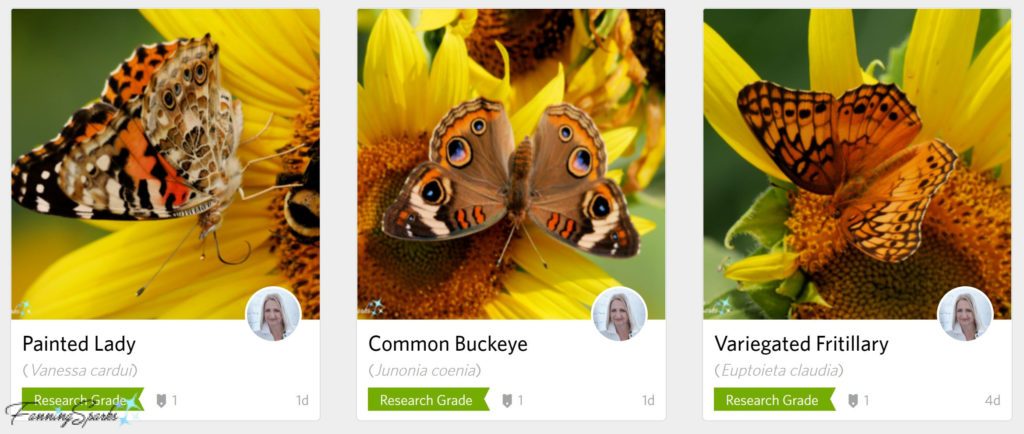
Returning to Heiser’s description of the sunflower, “The flowers in the center of the head, called disk flowers are smaller and quite different in shape from the ray flowers and sometimes even of a different color.” Interestingly, according to Wikipedia, “The disk flowers are arranged spirally. Generally, each floret is oriented toward the next by approximately the golden angle, 137.5°, producing a pattern of interconnecting spirals, where the number of left spirals and the number of right spirals are successive Fibonacci numbers. Typically, there are 34 spirals in one direction and 55 in the other… This pattern produces the most efficient packing of seeds mathematically possible within the flower head.” The spiral pattern is quite visible in this sunflower head.
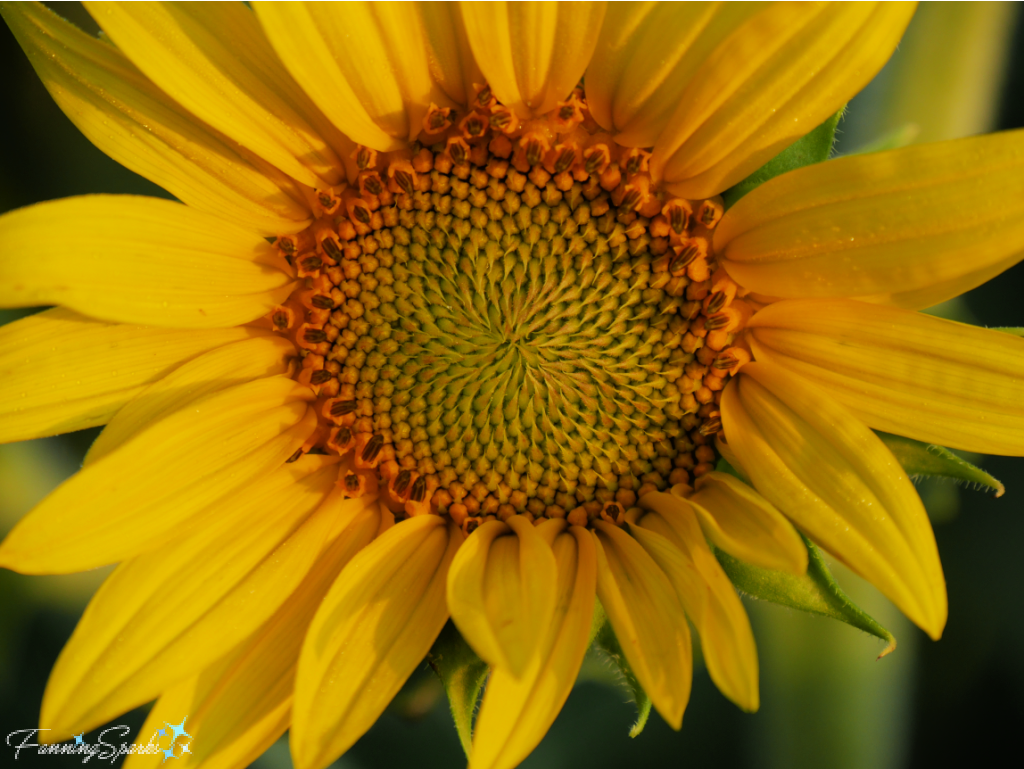
Heiser says “If one examines one of the disk flowers closely, he will find a tubular five-lobed corolla which represents five fused petals.” The various components of the disk flower work together to bring about pollination. Pollen is produced and positioned “to be picked up by any insects that happen to visit the flower in search of pollen or nectar.” In reverse, the stigmatic surface prepares to receive pollen. “Although bees are the most common visitors, almost any insect that brushes against the stigma or walks over it may leave pollen.” When this happens, a seed sets and begins to grow. Open disk flowers are visible in the below photo.

The seeds, or more accurately the “achenes”, are the fruit of the sunflower. The sunflower begins to “dry down” as the achenes mature. The ray flowers wither and the head droops. Some references indicate the sunflower head faces down to prevent damage to the ripening seeds.
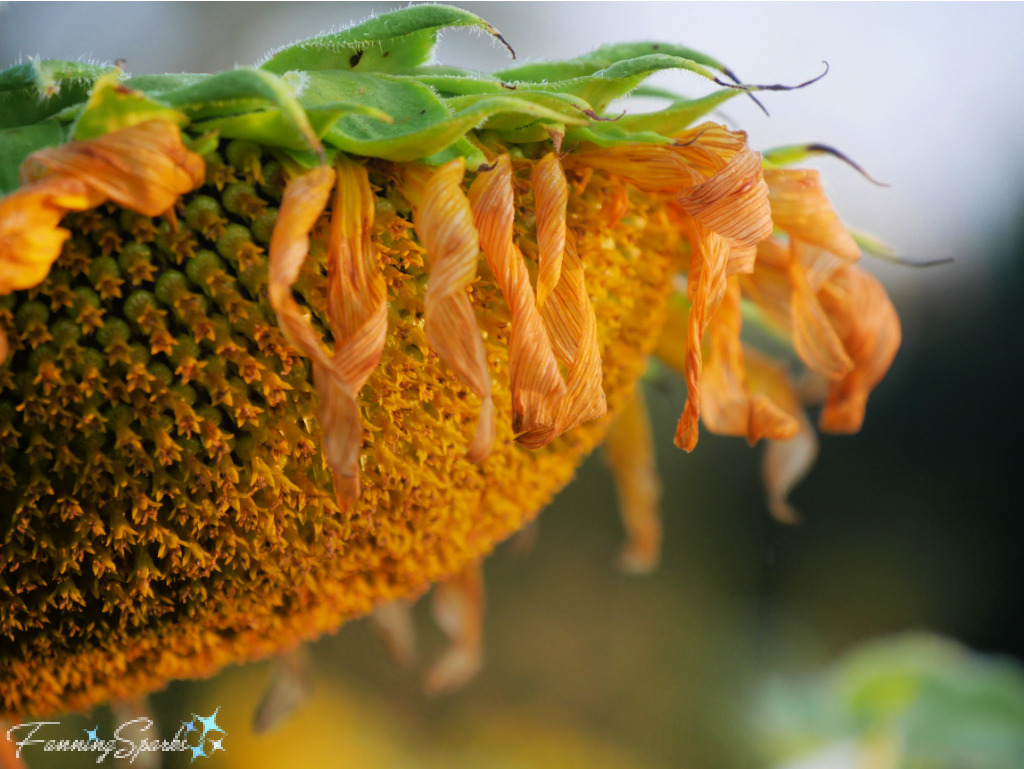 Despite getting distracted by beautiful butterflies and carried away by all-things-sunflower, I got back to my original purpose in visiting the U-Pick Sunflower field. The timing was ideal as the fine folks at Farmview Market were running a promotion to showcase their cheerful sunflowers. I was able to cut 6 stalks, with numerous sunflower heads, for free!
Despite getting distracted by beautiful butterflies and carried away by all-things-sunflower, I got back to my original purpose in visiting the U-Pick Sunflower field. The timing was ideal as the fine folks at Farmview Market were running a promotion to showcase their cheerful sunflowers. I was able to cut 6 stalks, with numerous sunflower heads, for free!
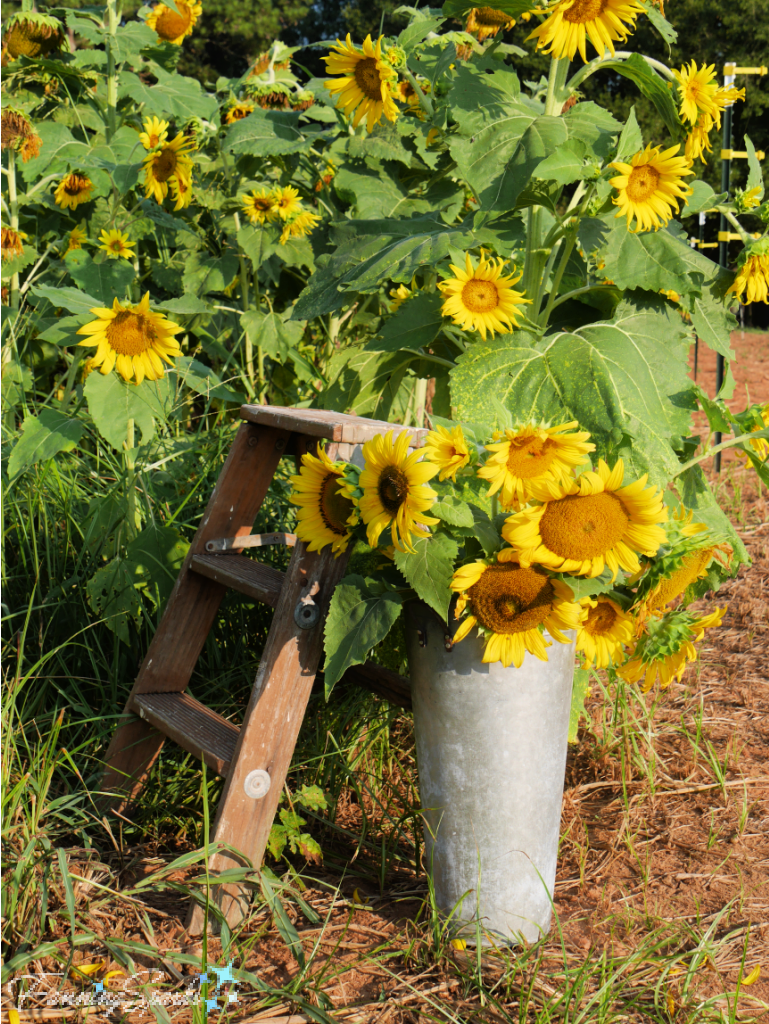
I love my wooden garden trug. It’s so useful and it makes everything, including these sunflowers, look pretty.
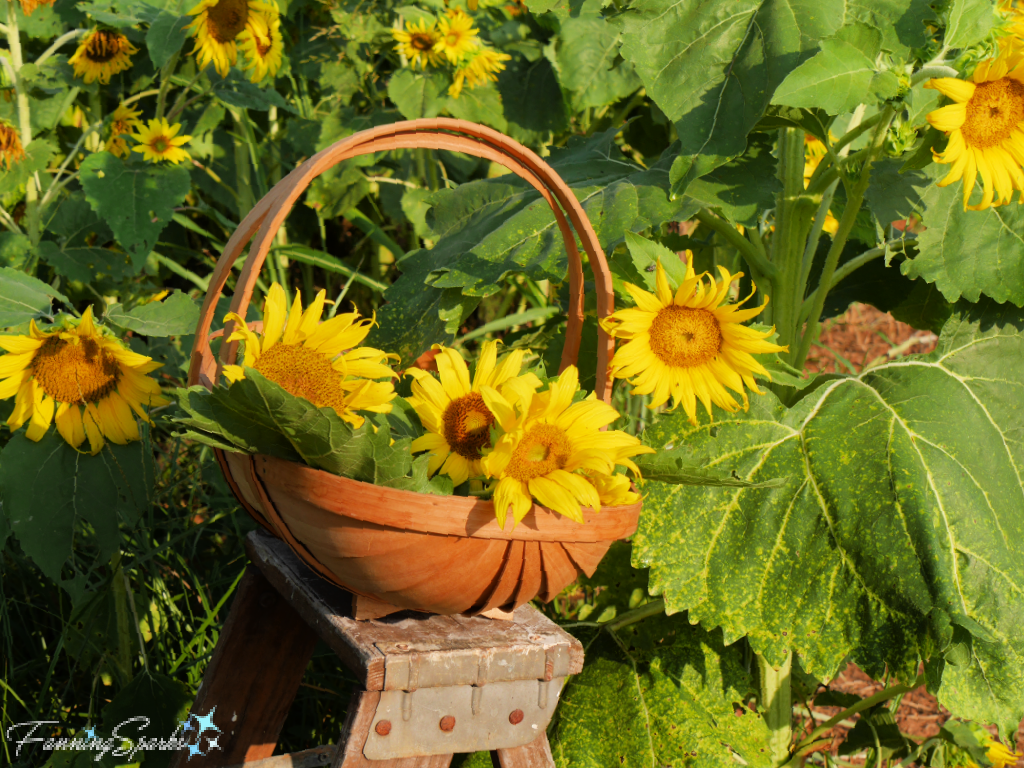 Speaking of pretty, isn’t this vintage, white enamelware perfect for this bouquet?
Speaking of pretty, isn’t this vintage, white enamelware perfect for this bouquet?
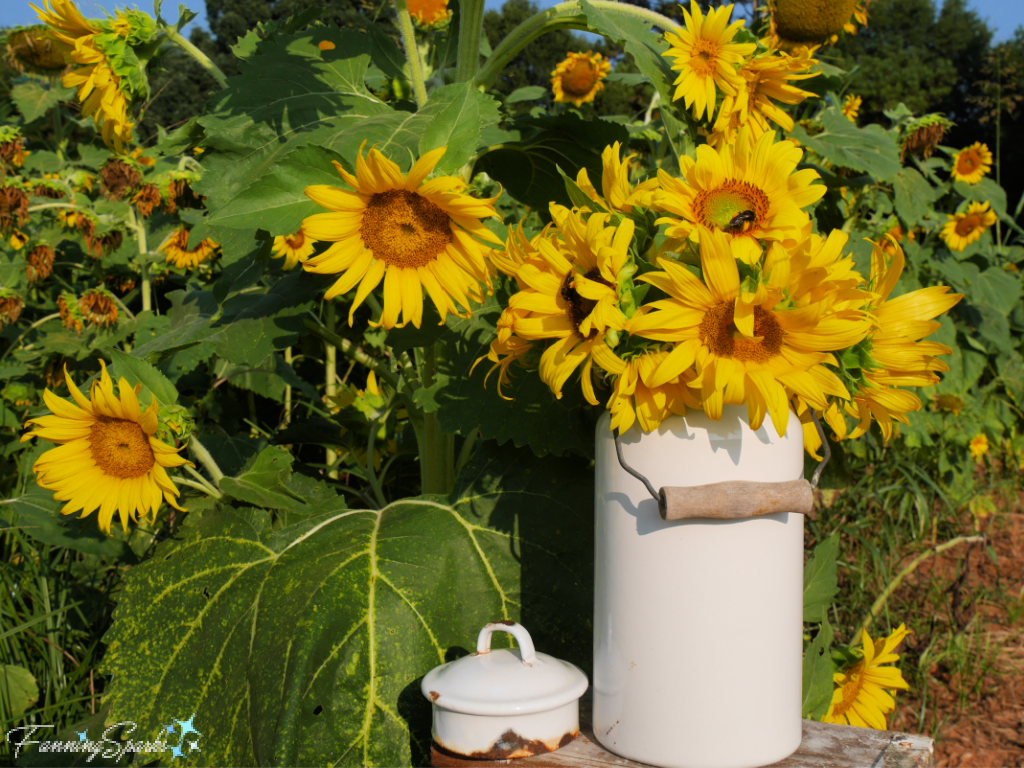
More Info
For more U-Pick fun, check out the FanningSparks’ posts Peach of a Day and Blueberry Zaniness. If you like butterflies as much as I do, you may also enjoy the posts Chasing Butterflies or A Flutter of Butterflies in the Closet.
Farmview Market is located in Madison, Georgia, USA. This is not a sponsored post but I don’t mind sharing that we shop there regularly. As described by Farmview Market, they offer “a wide selection of unique and delicious foods from the very best local farmers and producers, including a specialty grocery with lots of local artisan gifts and crafts, a full-service butcher shop, casual café and seasonal farmers market.” See the Farmview Market website for more info.
The book, The Sunflower by Charles Bixler Heiser, was published by Norman: University of Oklahoma Press in 1976. It is available online on Archive.org.
I’m a huge fan of iNaturalist and their Seek app. I frequently use these tools to identify plants and wildlife including insects and birds. See the iNaturalist website for more info.
Today’s Takeaways
1. A field of sunflowers can be educational and entertaining.
2. Where there are flowers, there are insects and wildlife.
3. Consider supporting your local U-Pick businesses.


